Historic Moments Showcasing Reality From The 1970s
While the postwar ’50s and ’60s are often romanticized, the 1970s were a different beast. As Americans grappled with the end of the Vietnam War and inflation, much of the decade was marked by creeping uncertainty and disillusion.
However, the decade means different things to different people. Amid many of the grim milestones of the 1970s, there were still joyous pop culture trends and glimmers of a brighter future.
Kent State Shooting (1970)

Discontent about the seemingly endless fighting in Vietnam boiled over on May 4, 1970, as members of the Ohio National Guard opened fire on unarmed students protesting Vietnam — specifically the U.S. invasion of Cambodia.
The Kent State shooting claimed four lives — Allison Krause, Jeffrey Miller, Sandra Scheuer, and William Schroeder – and wounded nine others. The shooting prompted a wave of additional protests.
Apollo 13 (1970)
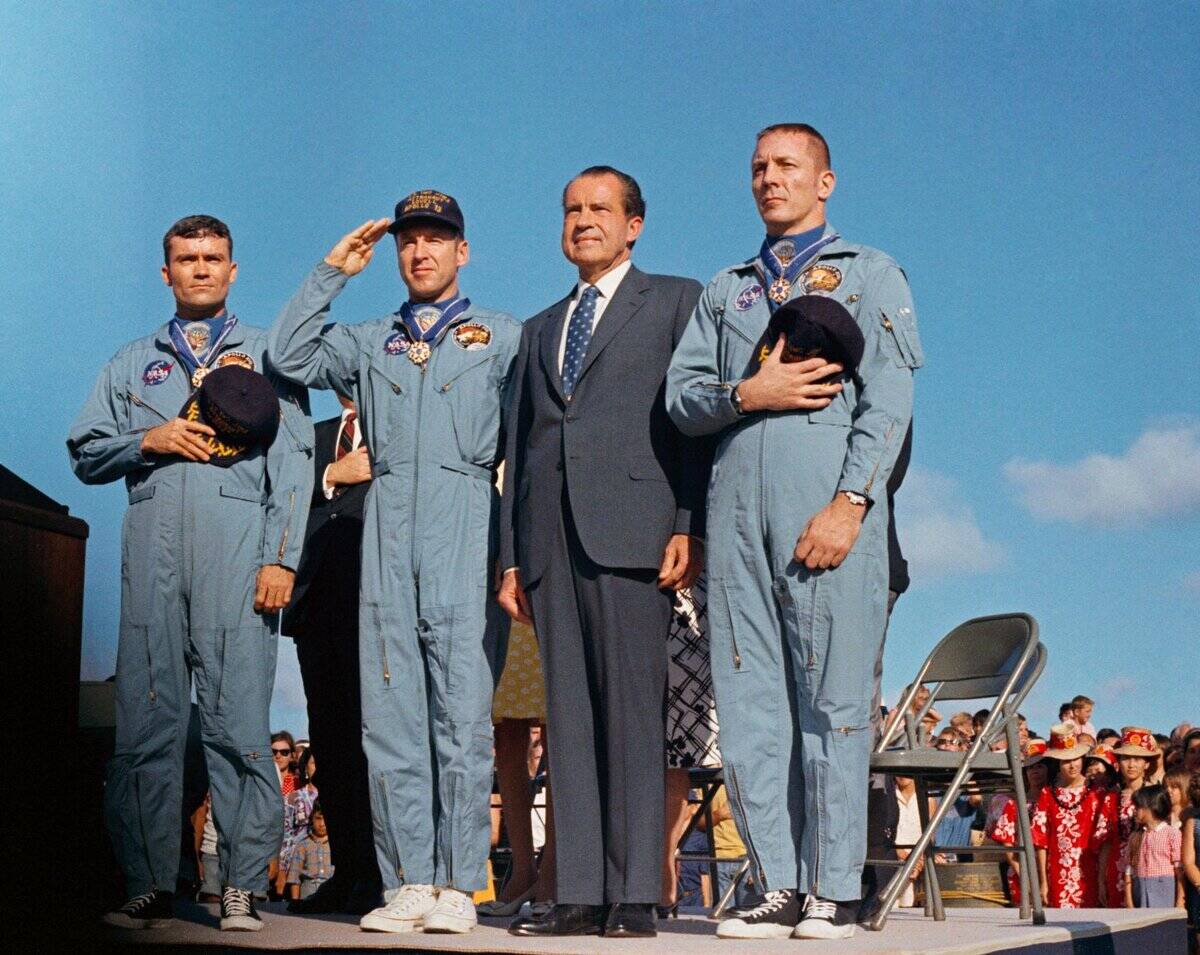
Space travel is an inherently risky proposition, and this was especially true during the early days of the space race. NASA planned for a third manned lunar landing with Apollo 13, but the mission almost ended in disaster.
When an oxygen tank exploded and crippled the spacecraft, astronauts Jim Lovell, Jack Swigert, and Fred Haise worked to guide it back to Earth using their dwindling oxygen supply.
Paris Peace Accords (1973)
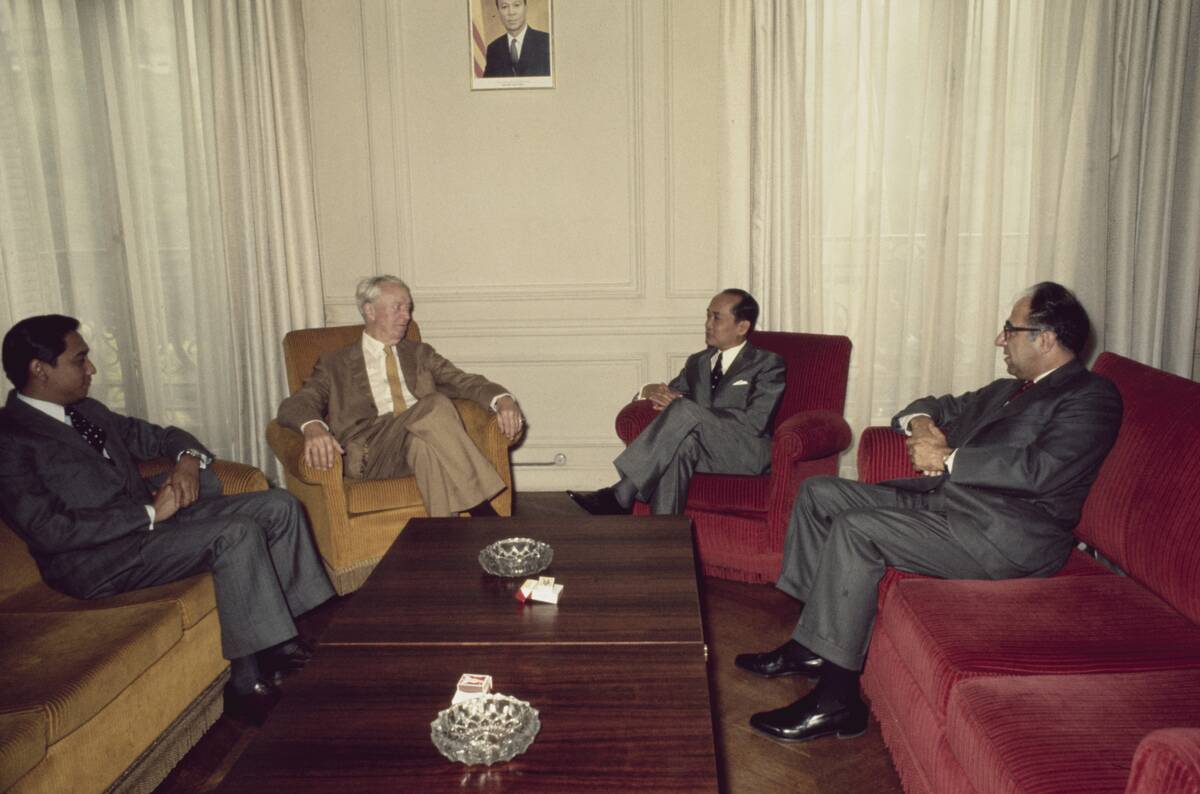
Years of fighting in Vietnam made it clear that the best the U.S. could hope for was a stalemate, and in 1973, representatives from the United States, North and South Vietnam, and the Viet Cong met in Paris to engage in peace talks.
The Paris Peace Accords created a framework for a ceasefire, the withdrawal of U.S. military forces, and the release of prisoners of war. Despite the agreement, fighting between North and South Vietnam continued until 1975.
Fall of Saigon (1975)
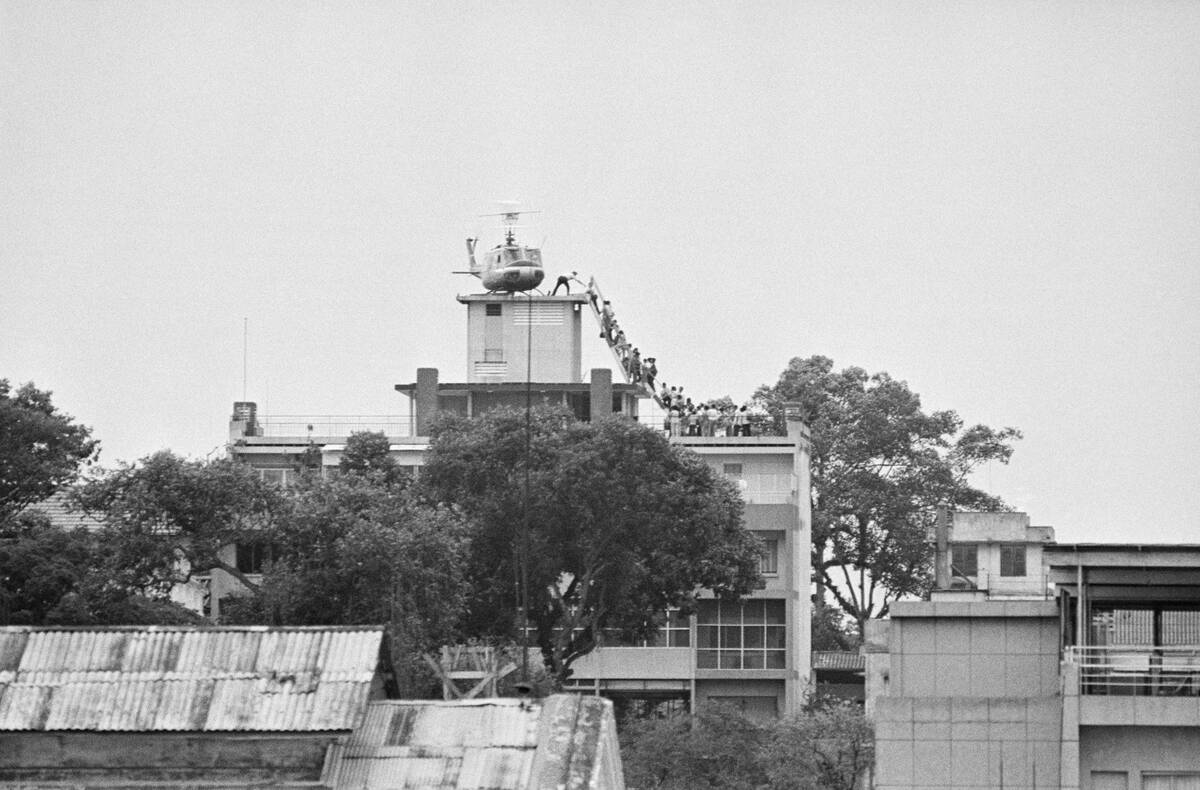
As North Vietnamese forces advanced into the South Vietnamese capital of Saigon, prompting the collapse of South Vietnam’s government, remaining U.S. personnel in Saigon were airlifted out of the city.
This iconic image shows American personnel and their Vietnamese allies in a chaotic lineup to board a departing helicopter.
Camp David Accords (1978)

U.S. President Jimmy Carter brokered a historic peace agreement between Egypt and Israel in 1978, a landmark move that led Egypt to become the first Arab nation to officially recognize Israel. In return for this acknowledgement, Israel agreed to withdraw from the Sinai Peninsula.
The peace agreement was enormously controversial in the Arab world, while the west generally viewed it as a diplomatic triumph. Egyptian President Anwar Sadat and Israeli Prime Minister Menachem Begin earned the Nobel Peace Prize as a consequence.
Watergate Scandal (1974)

A break-in at the Democratic National Committee headquarters in Washington’s Watergate complex in 1972 eventually led to the resignation of President Richard Nixon in 1974.
An investigation revealed Nixon’s complicity in and attempted cover-up of corruption, illegal activities, and abuse of power. As trust in the embattled president continued to erode, Nixon became the first president to resign.
Bicentennial Celebration (1976)
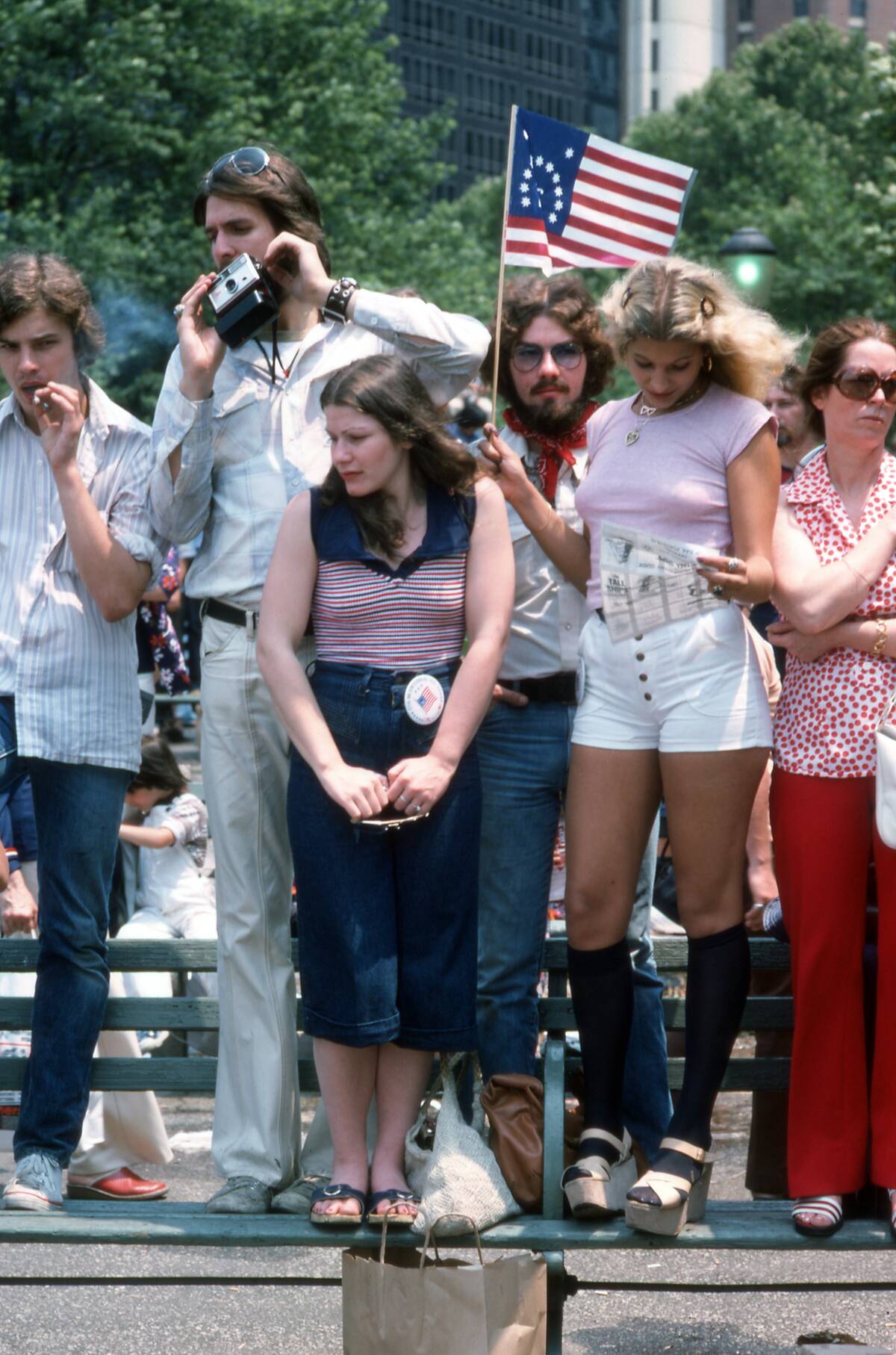
The summer of 1976 was a festive time across the United States, as the country celebrated 200 years of independence.
While it was a year-long celebration, festivities hit a fever pitch during the warm months, particularly around the Fourth of July holiday. It was a moment of national unity and pride following the tumultuous Vietnam and Nixon years.
Three Mile Island (1979)
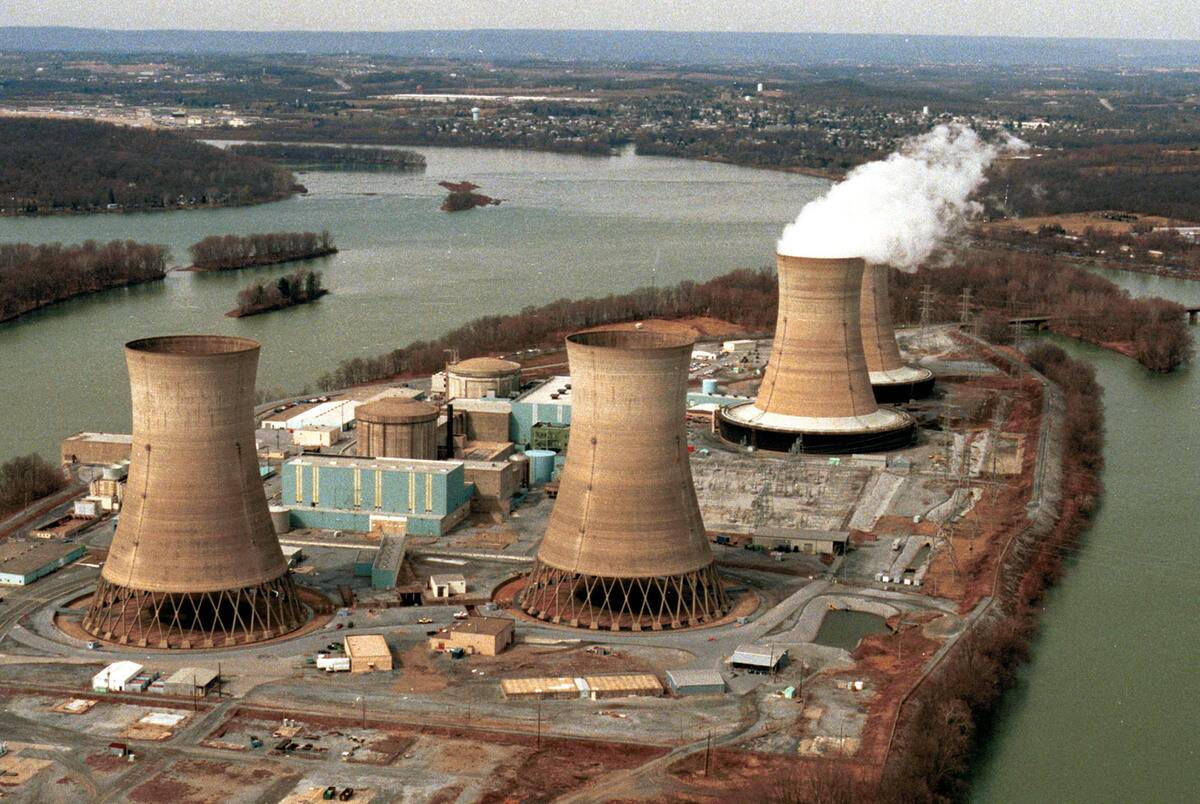
America’s worst nuclear accident occurred in 1979 at the Three Mile Island Nuclear Generating Station in Pennsylvania with a partial meltdown of one of the plant’s reactor cores.
The incident was largely contained, with no deaths and only a small amount of radiation released into the atmosphere. The near-miss prompted renewed calls for nuclear safety.
Desegregation busing controversy (1970s)
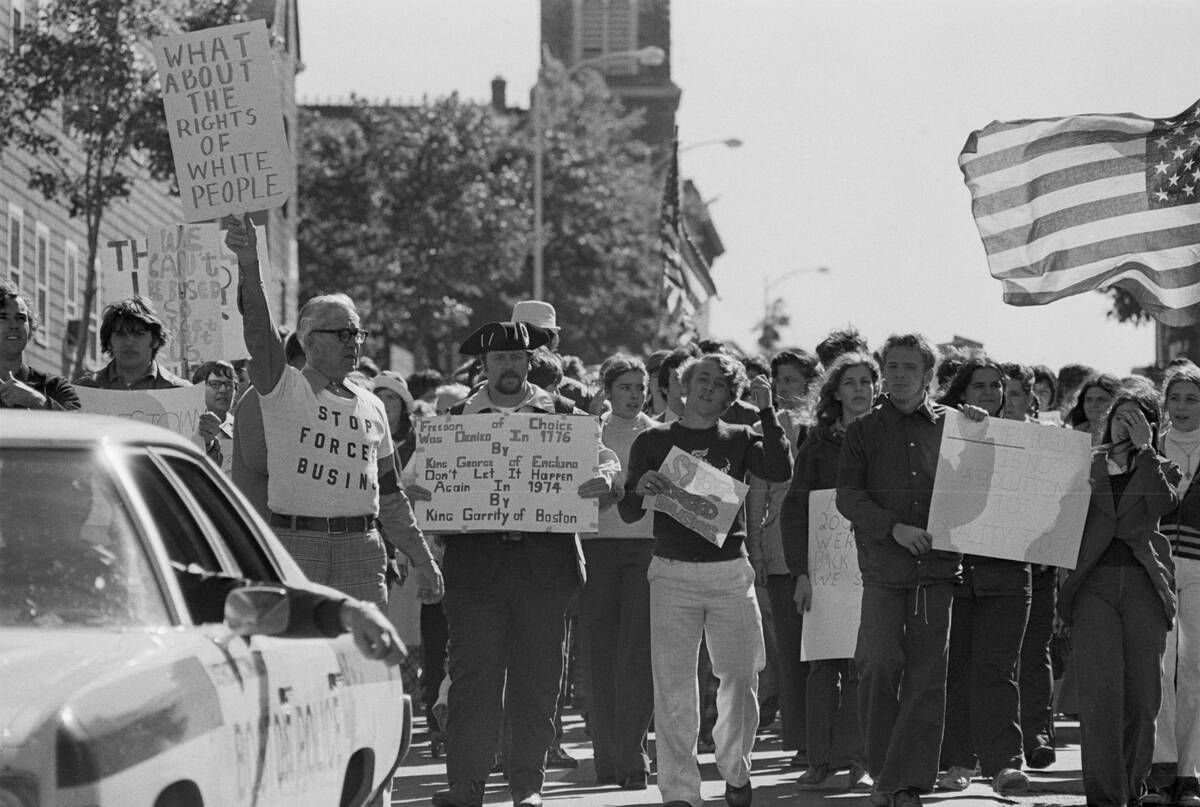
Civil rights issues didn’t stop in the 1960s, and instead continued well into the following decade. One example is court-ordered desegregation of school buses, which became a contentious tool aimed at racially integrating public schools.
To achieve a racial balance in schools, this meant that students would be bused to schools far from their home. On the other side, those who favored segregation would hold vocal rallies to voice their displeasure.
Viking Missions to Mars (1975/1976)
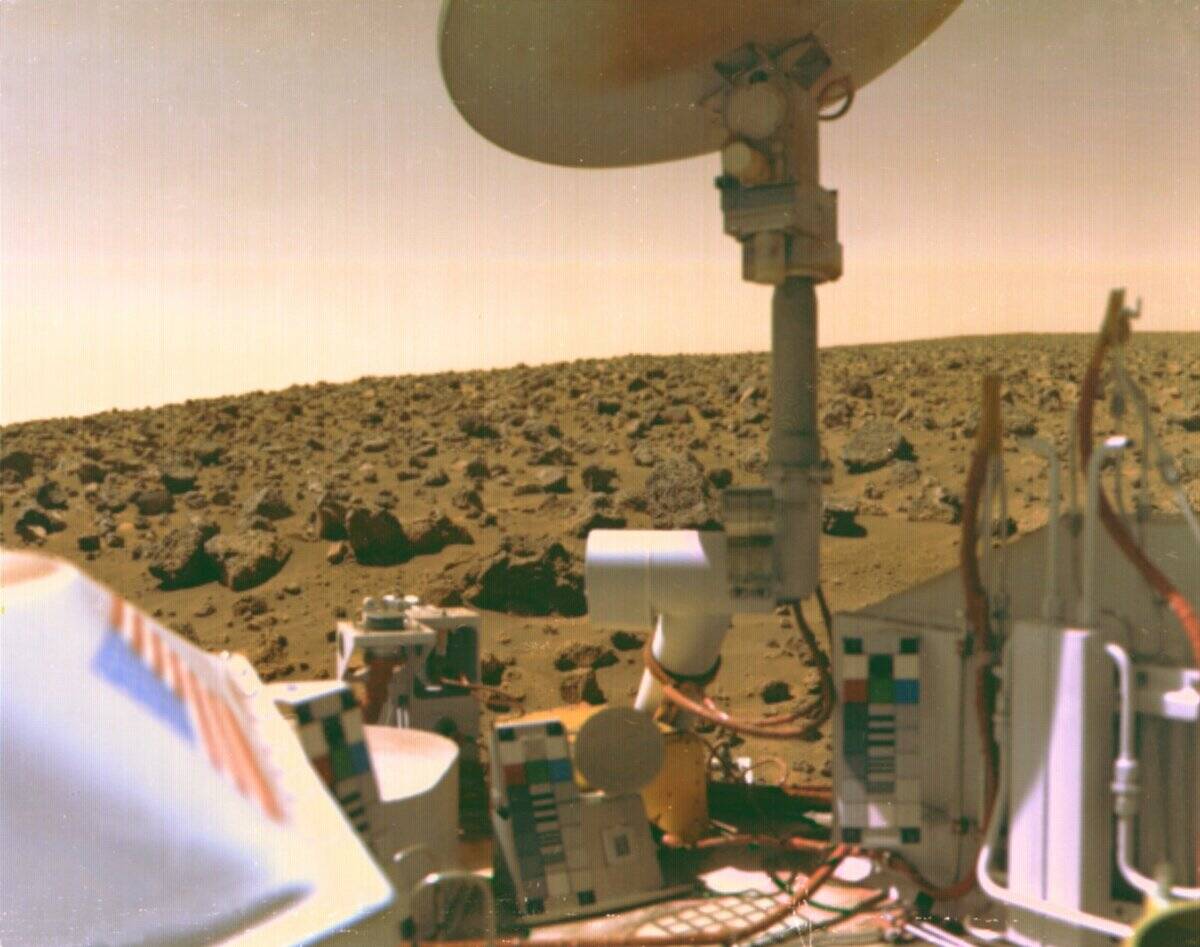
After the United States won the race to the moon, NASA started looking farther afield for unmanned projects. Viking 1 and Viking 2, unmanned spacecraft launched in 1975 and 1976 respectively, both touched down on Mars in 1976.
The landers provided the world with their first look at the Martian surface, while they contained technology to study the surface and atmosphere of the Red Planet.
First Test Tube Baby (1978)
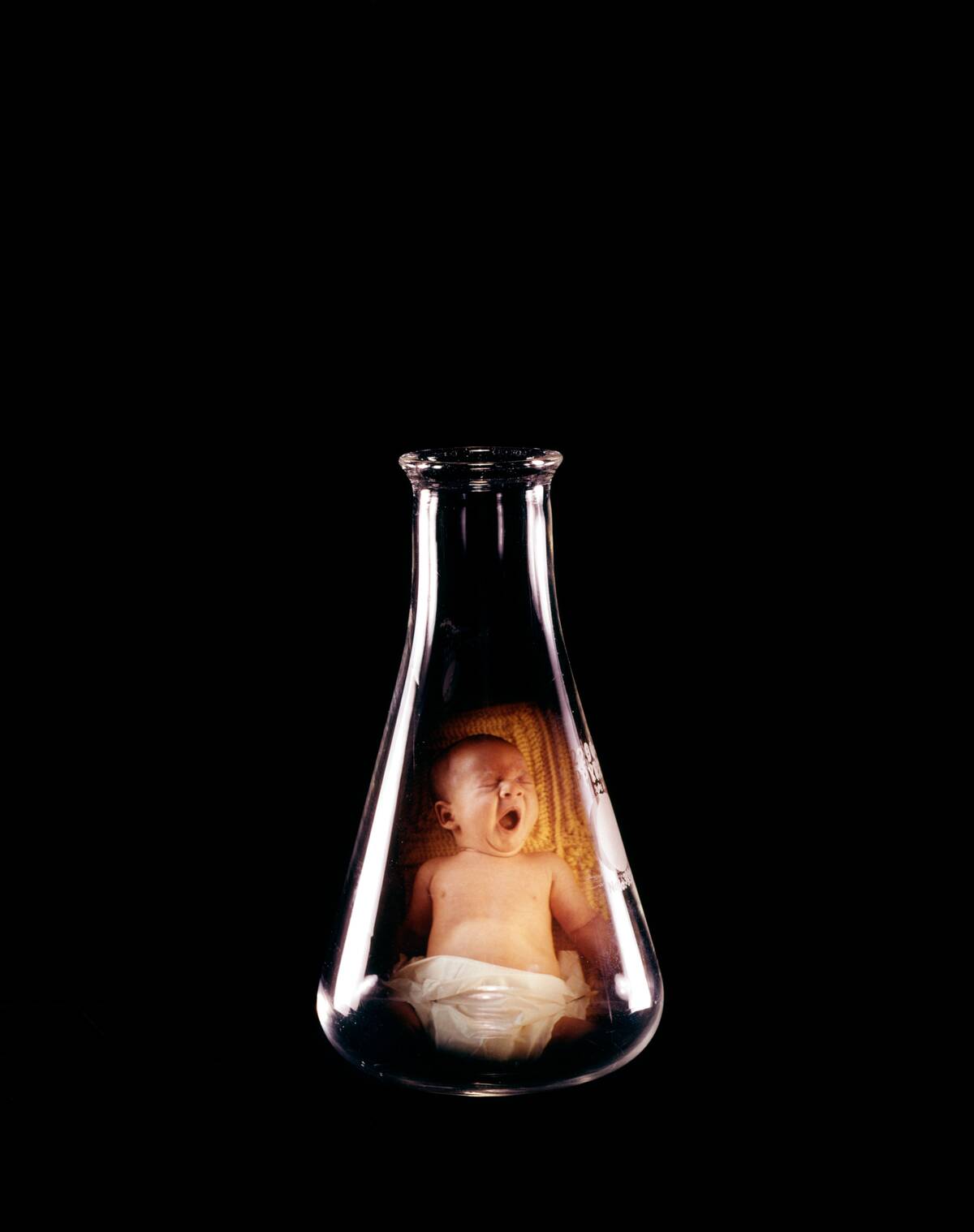
Louise Brown was born in 1978 in Oldham, England, in a monumental step forward for science. Her birth was so significant because she was the first baby to be conceived through in vitro fertilization (IVF), a process where an egg is fertilized outside the body and then implanted in the uterus.
The project faced intense skepticism, but the eventual birth of Louise Brown silenced critics while giving hope to couples struggling with infertility.
Fight of the Century (1971)
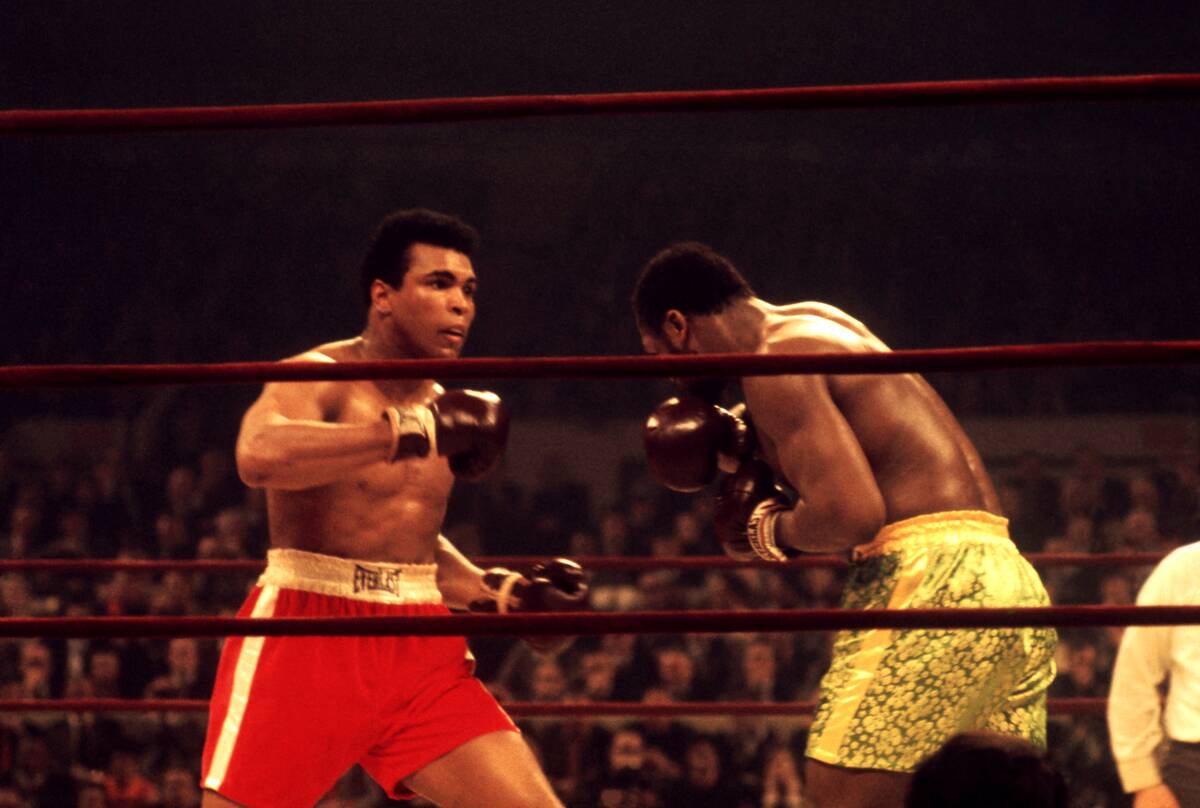
The 1970s were a golden age for boxing, with Muhammad Ali — the sport’s most iconic figure — in the tail end of his prime. The “Fight of the Century” pitted Ali against Joe Frazier, who were both undefeated at the time.
Frazier won the bout after an intense 15-round battle, handing Ali his first professional loss. It wouldn’t be the last time the two would face off.
American Indian Movement’s Wounded Knee occupation (1973)
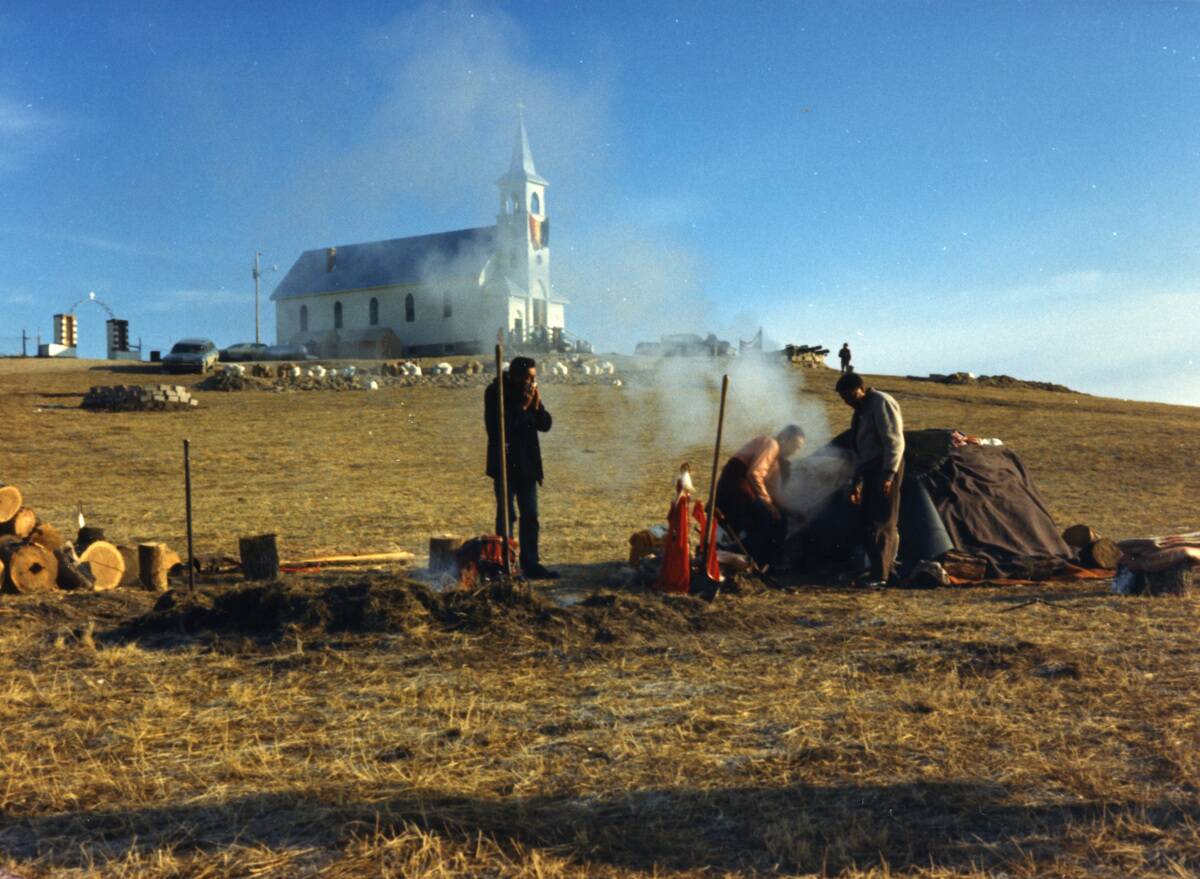
The town of Wounded Knee, South Dakota holds symbolic importance as the location of themassacre of Lakota Sioux by federal troops in 1890. In February of 1973, members of the American Indian Movement seized the town to protest U.S. government policies and poor conditions on reservations.
Their occupation lasted 71 days and involved several armed standoffs with federal authorities. While it was controversial in its time, it successfully drew attention to a long list of grievances against the federal government.
Thrilla in Manila (1975)
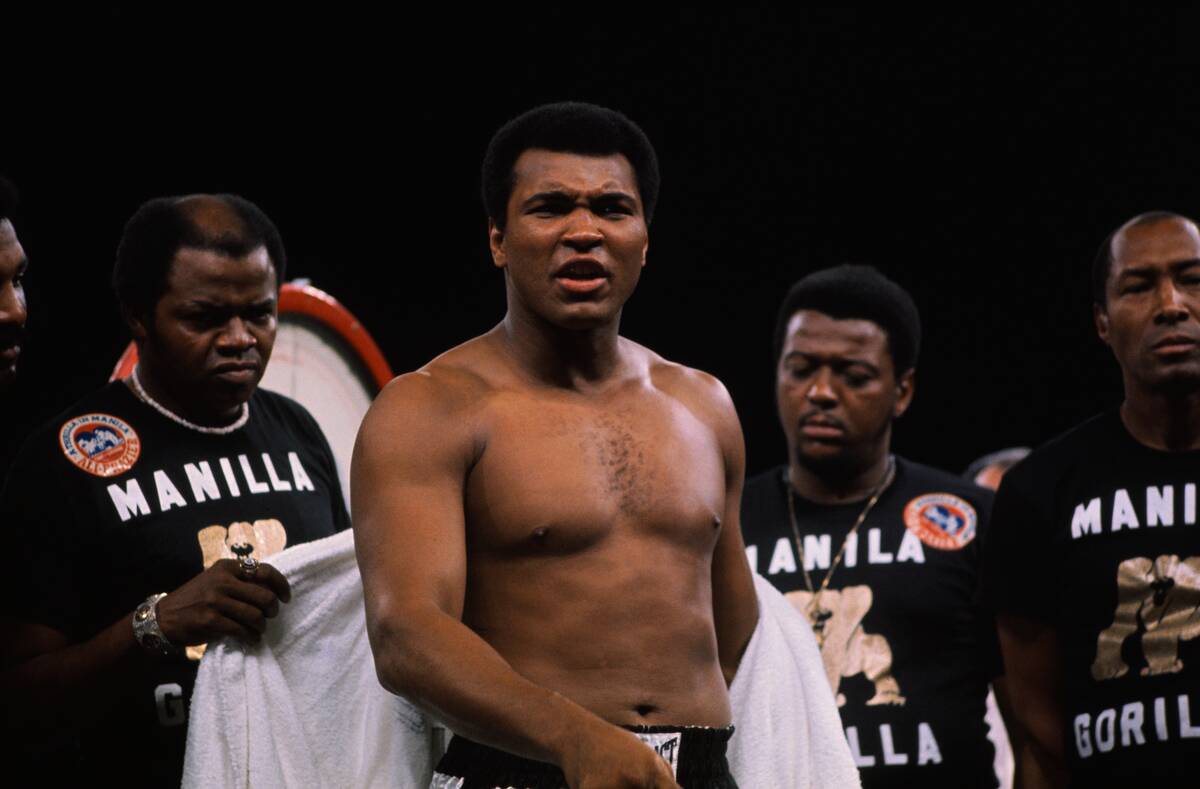
After Ali won the rematch, the “Rumble in the Jungle” in 1974, he took on Frazier for the third and final time for the “Thrilla in Manila” in 1975.
Considered one of the best and most brutal fights ever, Ali pulled off a narrow victory after Frazier’s trainer stopped the fight before the 15th round.
Elvis Presley’s Death (1977)
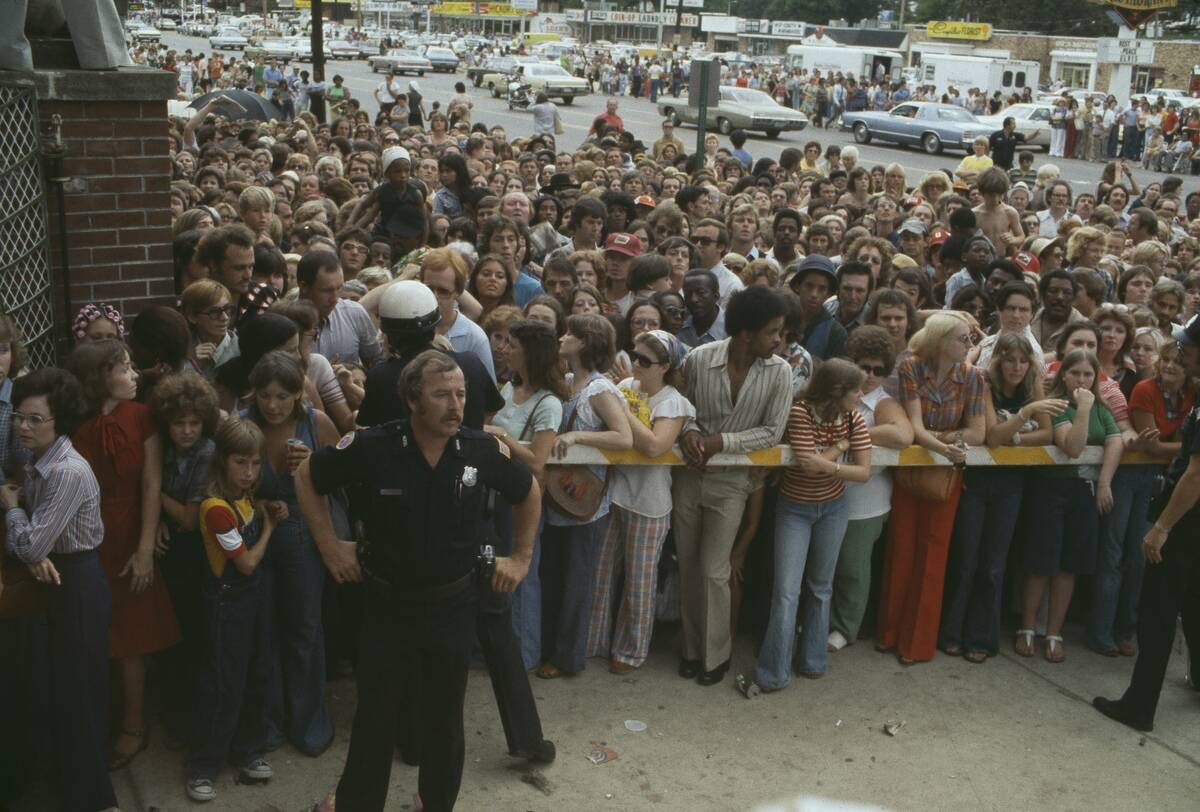
Elvis Presley may have been the most famous man on the planet between the 1950s and 1970s, so when the 42-year-old suddenly passed away in 1977, it was massive news.
While speculation about Presley’s death has persisted for decades, the outpouring of grief seen in the immediate aftermath — particularly at Presley’s Graceland home — shows the hold he had over pop culture.
The Beatles Break Up (1970)
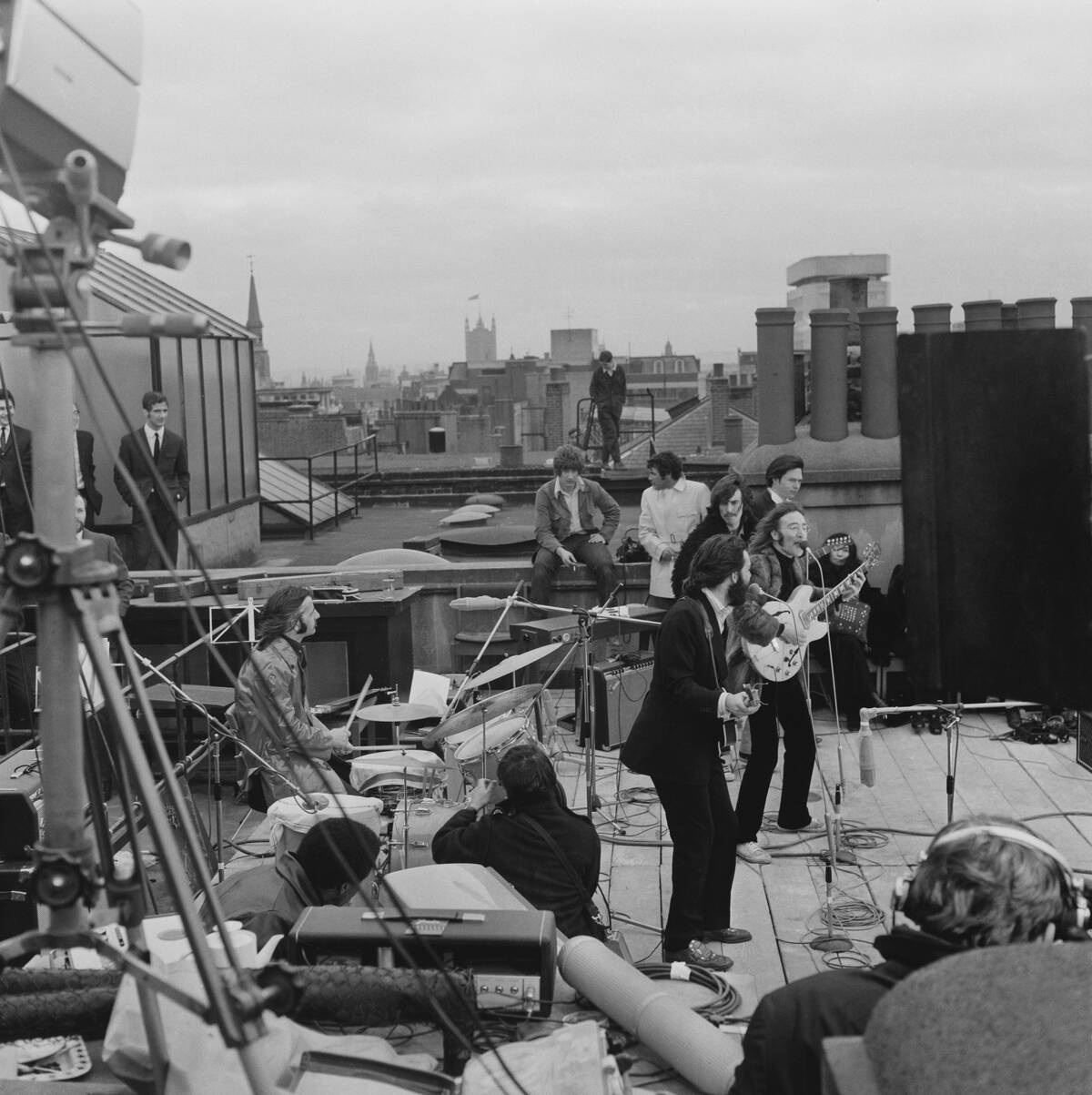
The Beatles’ last public concert, seen here, took place in 1969, but the group technically persisted into the 1970s, as they officially broke up in April 1970 after Paul McCartney left the band.
The writing had been on the wall for years as the iconic band faced internal pressure, but it was still shocking for fans of the band. John Lennon’s death in 1980 ensured that the Fab Four would never reunite.
Disco Craze (1977)
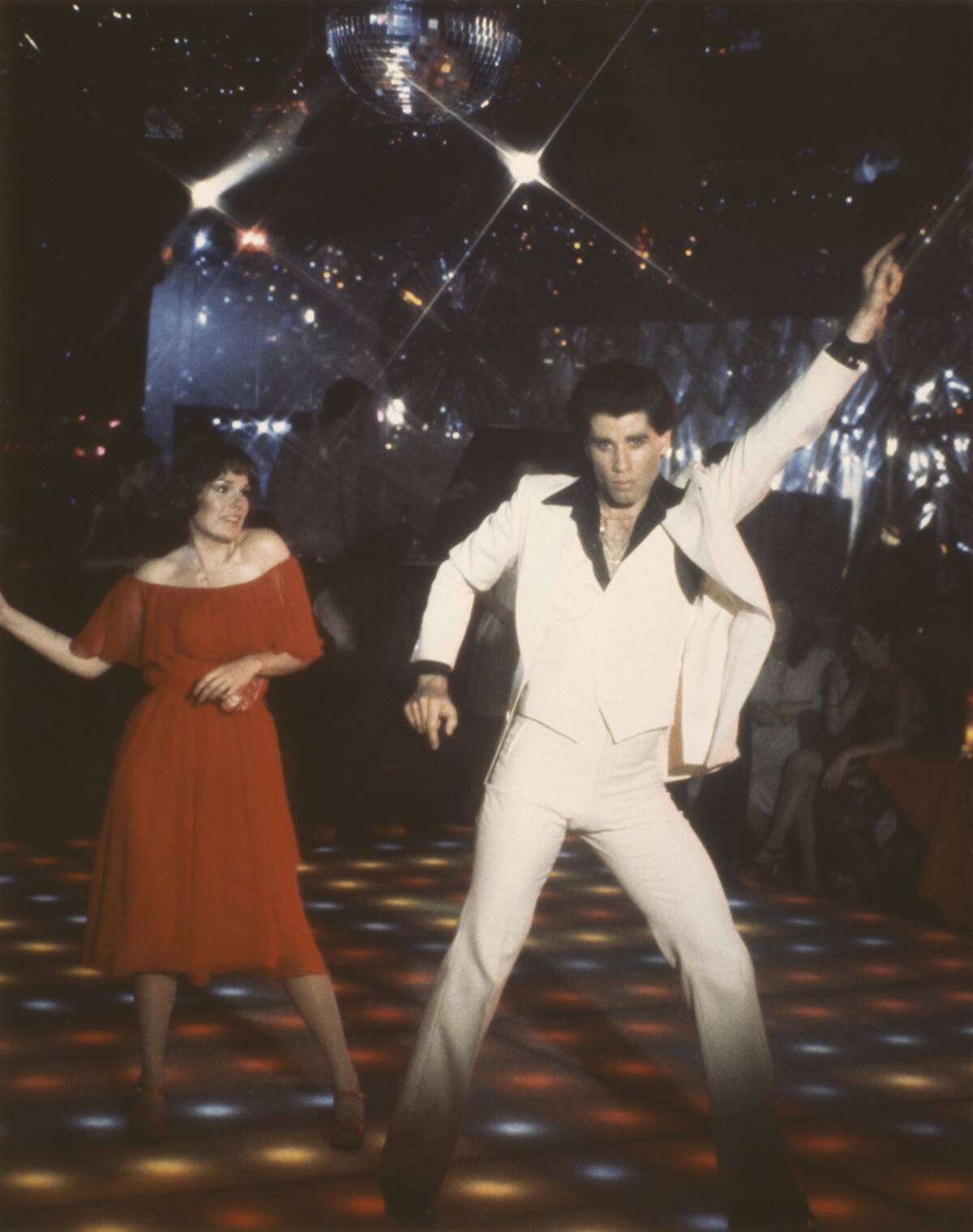
Music trends started leaning into the slickly produced, pulsing beats that became disco earlier in the decade, but the disco craze officially peaked in the late 1970s.
One driver of the trend was the release of Saturday Night Fever in 1977, which immediately made John Travolta and his white jumpsuit an iconic symbol of the era.
Three-Day Week in the U.K. (1974)
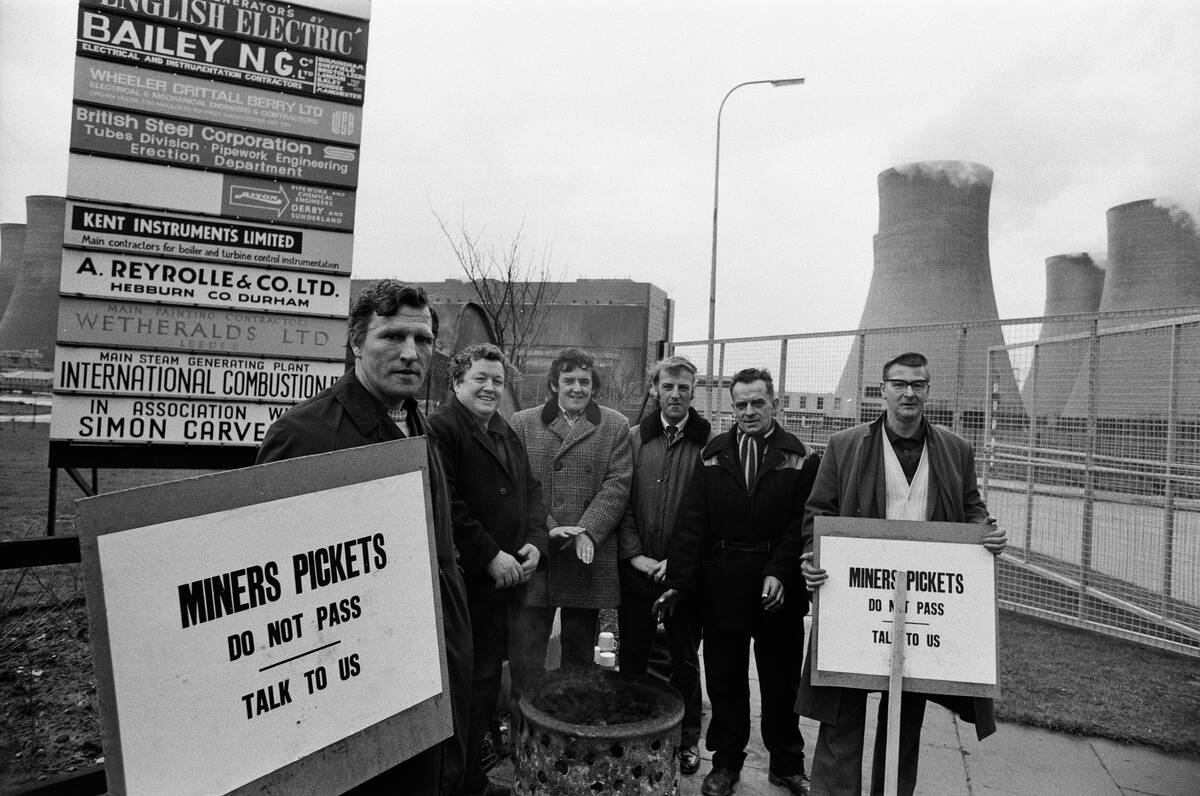
It was a tough decade for the United Kingdom, and this was exhibited between January and March of 1974, in which the British government imposed a three-day work week.
This was hardly a vacation for workers, as it came out of necessity after global oil shortages and striking coal miners combined to create a national energy crisis. The crisis eventually brought down the government of Prime Minister Edward Heath.
Star Wars Premieres (1977)
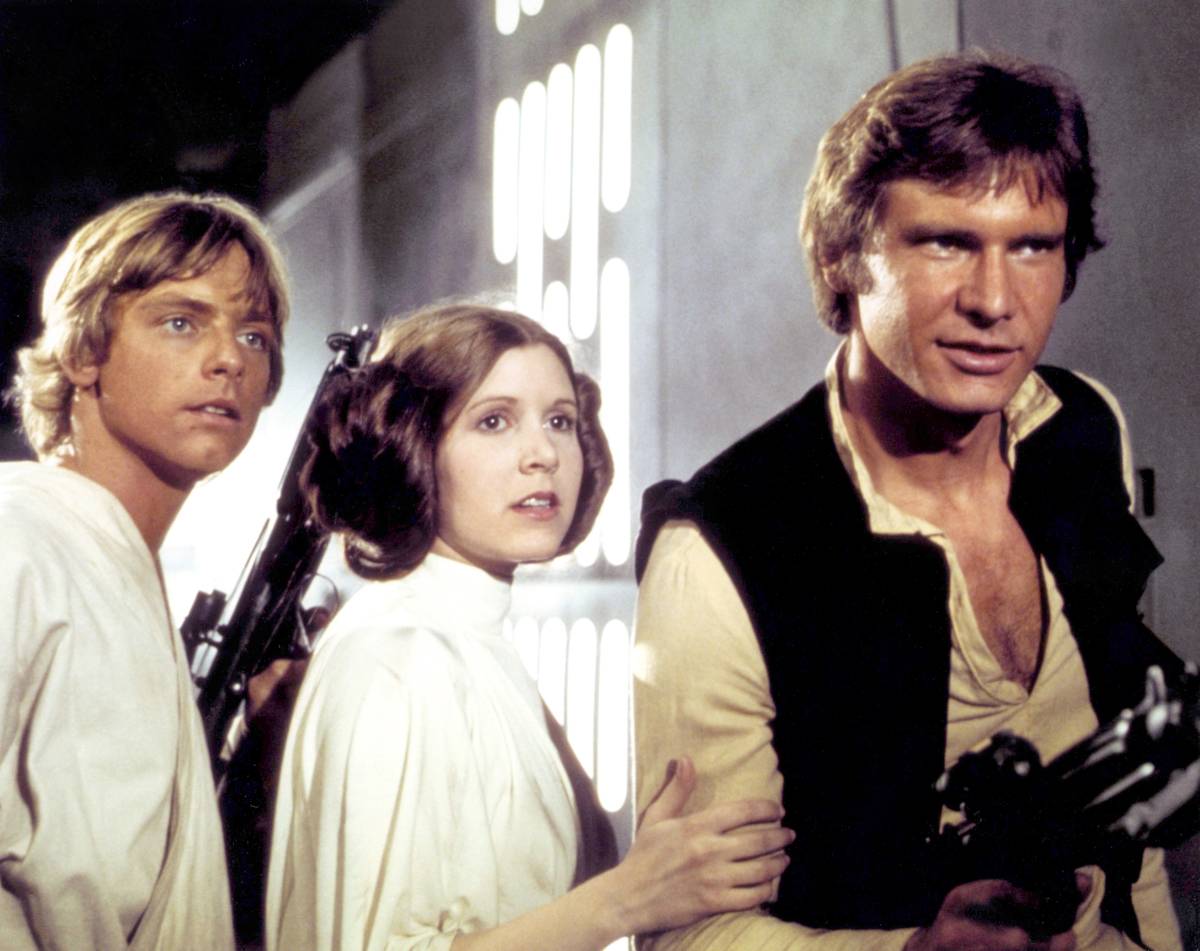
It’s hard to imagine now, but the big budget space opera, Star Wars, was seen as somewhat of a risky proposition ahead of its 1977 release.
Fortunately for creator George Lucas, the film became a pop culture juggernaut, spurring sequels, prequels, merchandise, and an entertainment empire that’s still massive today.
Attica Prison Riot (1971)

Inmates at Attica Correctional Facility in upstate New York seized control of part of the prison over a four-day period in September 1971, demanding better living conditions.
The uprising became a tense standoff between inmates and state authorities. Negotiations failed, and in the aftermath, 43 people were killed — 33 inmates and ten hostages.
Harvey Milk Elected (1977)
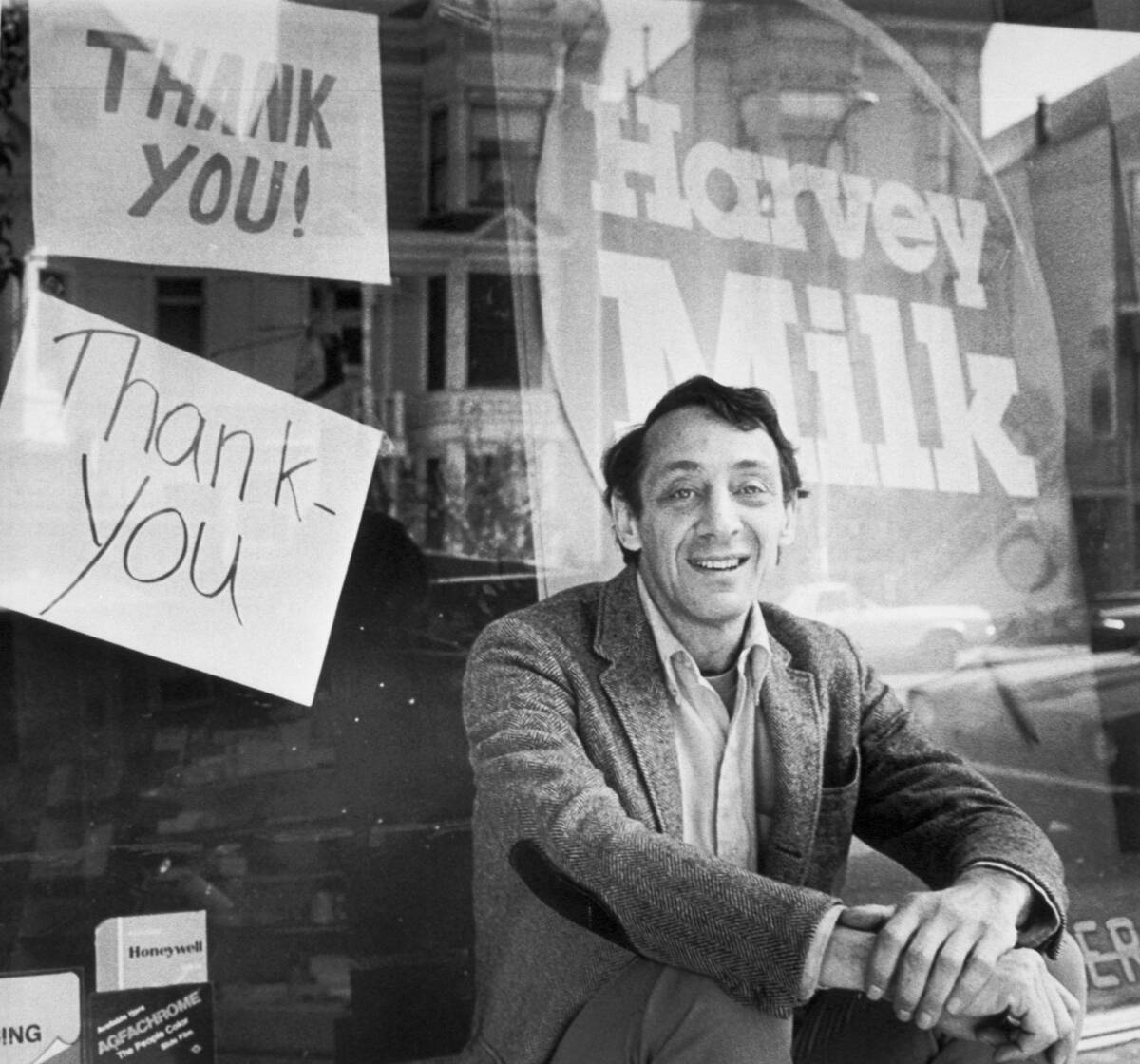
When Harvey Milk was elected to San Francisco’s Board of Supervisors in 1977, it was a historic moment, marking the first time an openly gay person was elected to public office in California.
While it’s a watershed moment in LGBTQ+ history, Milk was assassinated, along with mayor George Moscone, the following year.
Microsoft Founded (1975)
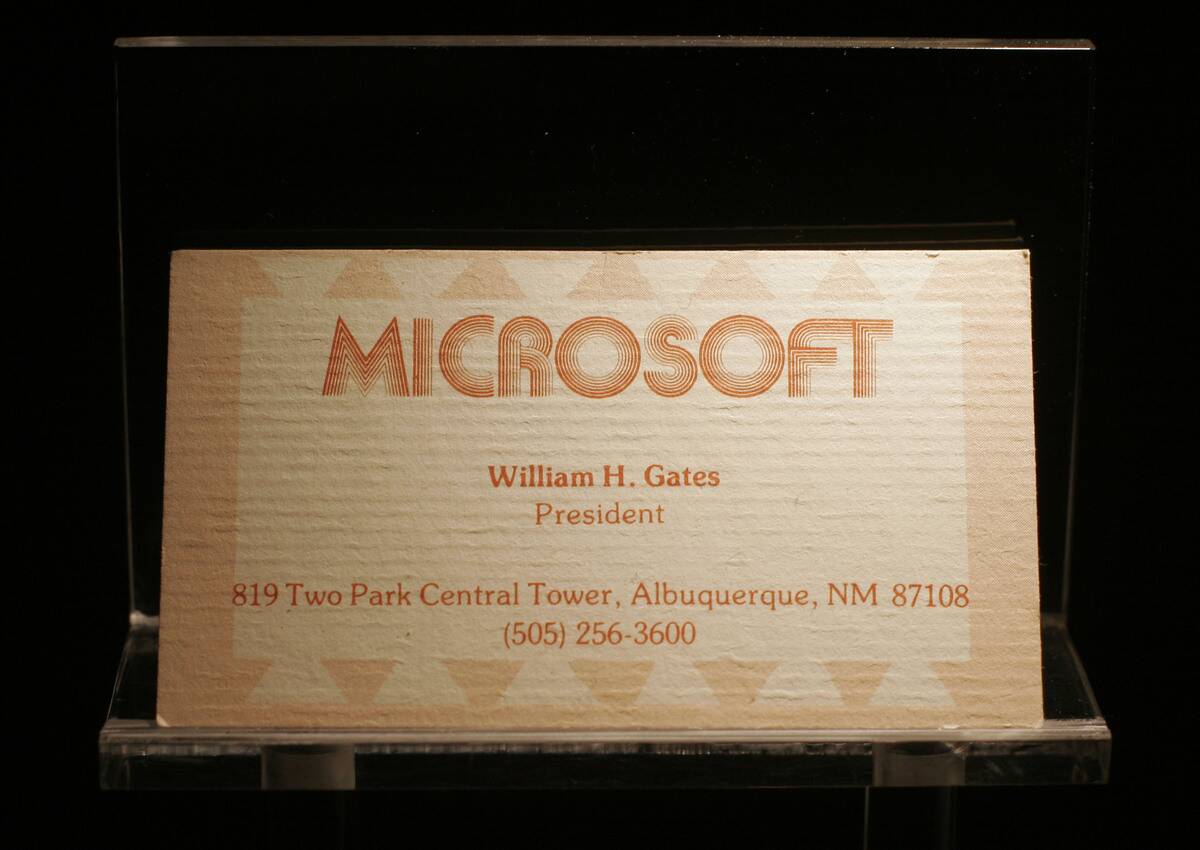
The multibillion dollar behemoth that is today’s Microsoft started out humbly in 1975, as Bill Gates and Paul Allen started the company to sell a version of the BASIC programming language for an early personal computer.
With the personal computing boom of the ’80s, Microsoft rapidly expanded. A 1980 contract with IBM led to the development of MS-DOS.
U.S. recognizes People’s Republic of China (1979)
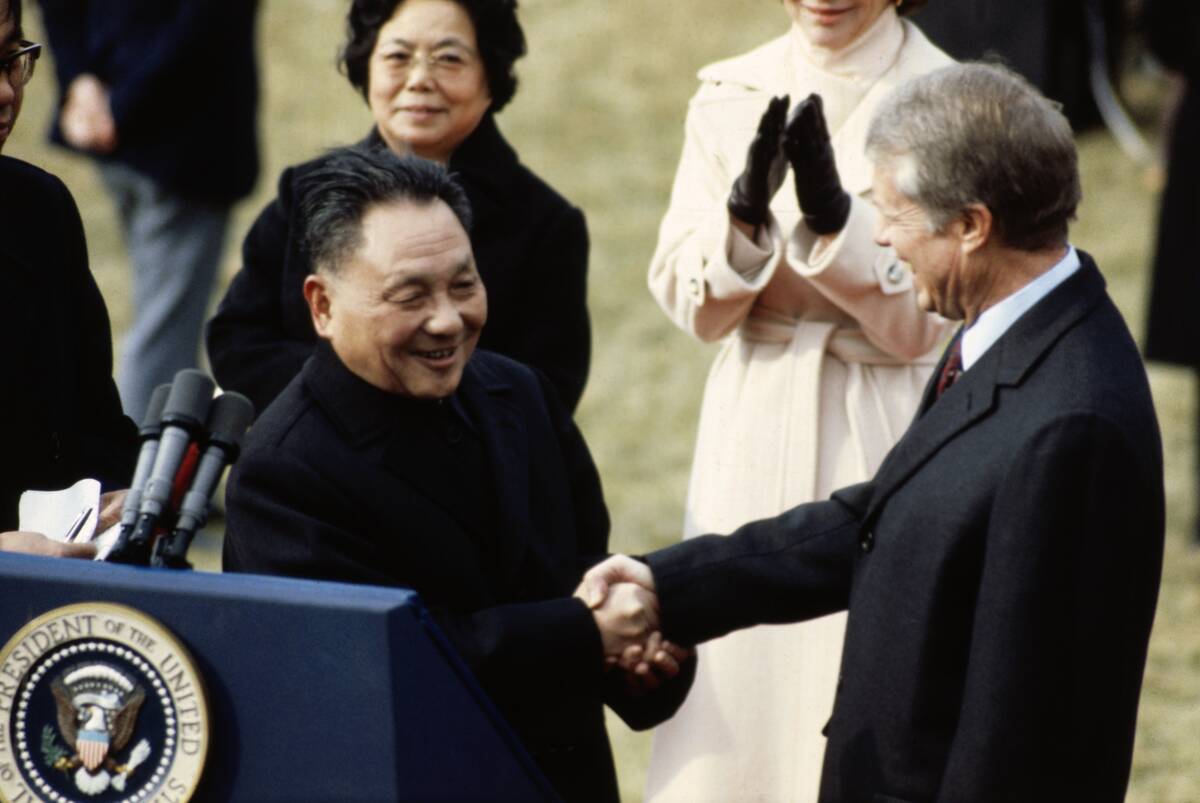
Given China’s pivotal role in modern geopolitics, it’s hard to believe that, as late as the late ’70s, the United States didn’t even formally recognize it as a country. A thaw in the decades-long isolation between the two countries came on New Year’s Day, 1979, when President Jimmy Carter made the announcement that the U.S. would pursue full diplomatic relations with China.
The shift came after several years of tense negotiations between the two countries, punctuated by President Nixon’s groundbreaking visit in 1972. The formal recognition was a strategic ploy as well, as the U.S. sought to counterbalance Soviet influence in China.
Apple Founded (1976)
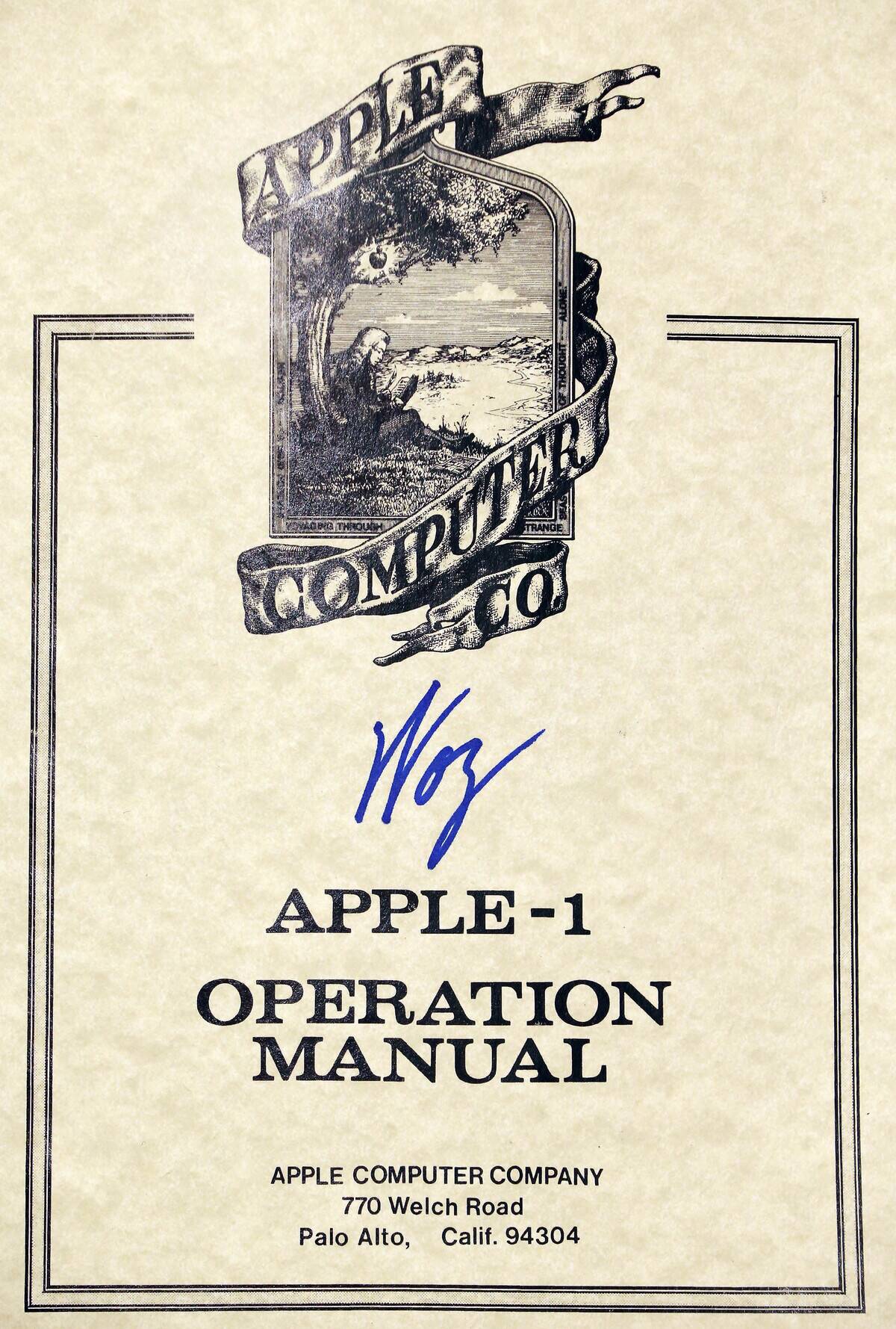
A year after Microsoft was founded, its eventual competitor, Apple, was founded by Steve Jobs, Steve Wozniak, and Ronald Wayne in Cupertino, California.
The group’s first computer, the Apple I, was a modest success, but its follow-up, the Apple II, was a massive success that put the company on the map.
Sony Walkman Introduced (1979)

When Sony introduced its first iteration of the iconic Walkman in 1979, it changed the nature of music consumption forever. Thanks to its compact design, it enabled people to listen to music on the go.
The Walkman went on to define much of the ’80s and ’90s, and served as a precursor to MP3 players and even, to some extent, smartphones.
Saturday Night Live debuts (1975)
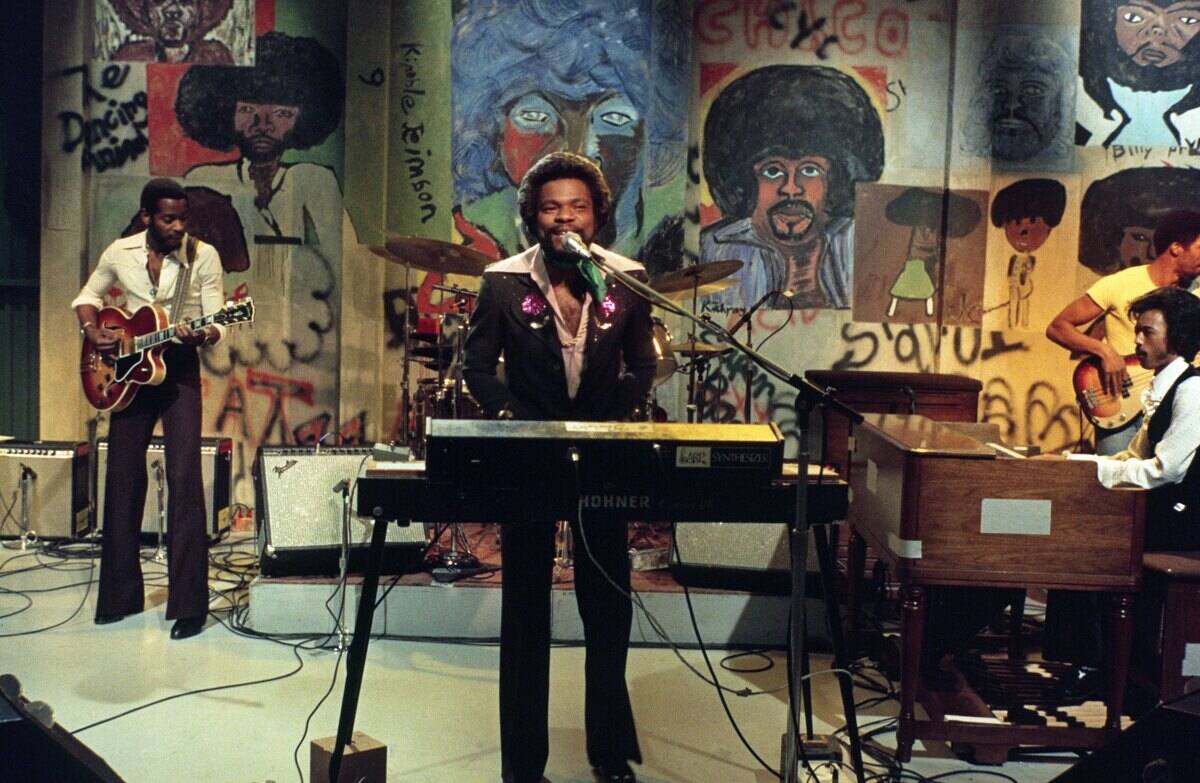
Saturday Night Live is a cultural institution, still going strong after decades on the air. But when it first aired on October 11, 1975, hardly anyone would have guessed that this scrappy sketch/variety show would have staying power.
In fact, SNL didn’t even take on its moniker until the second season and was initially titled NBC’s Saturday Night. Despite some growing pains, the presence of legends like Andy Kaufman and George Carlin in that first episode gave some indication of what the show would become.
Jonestown Massacre (1978)
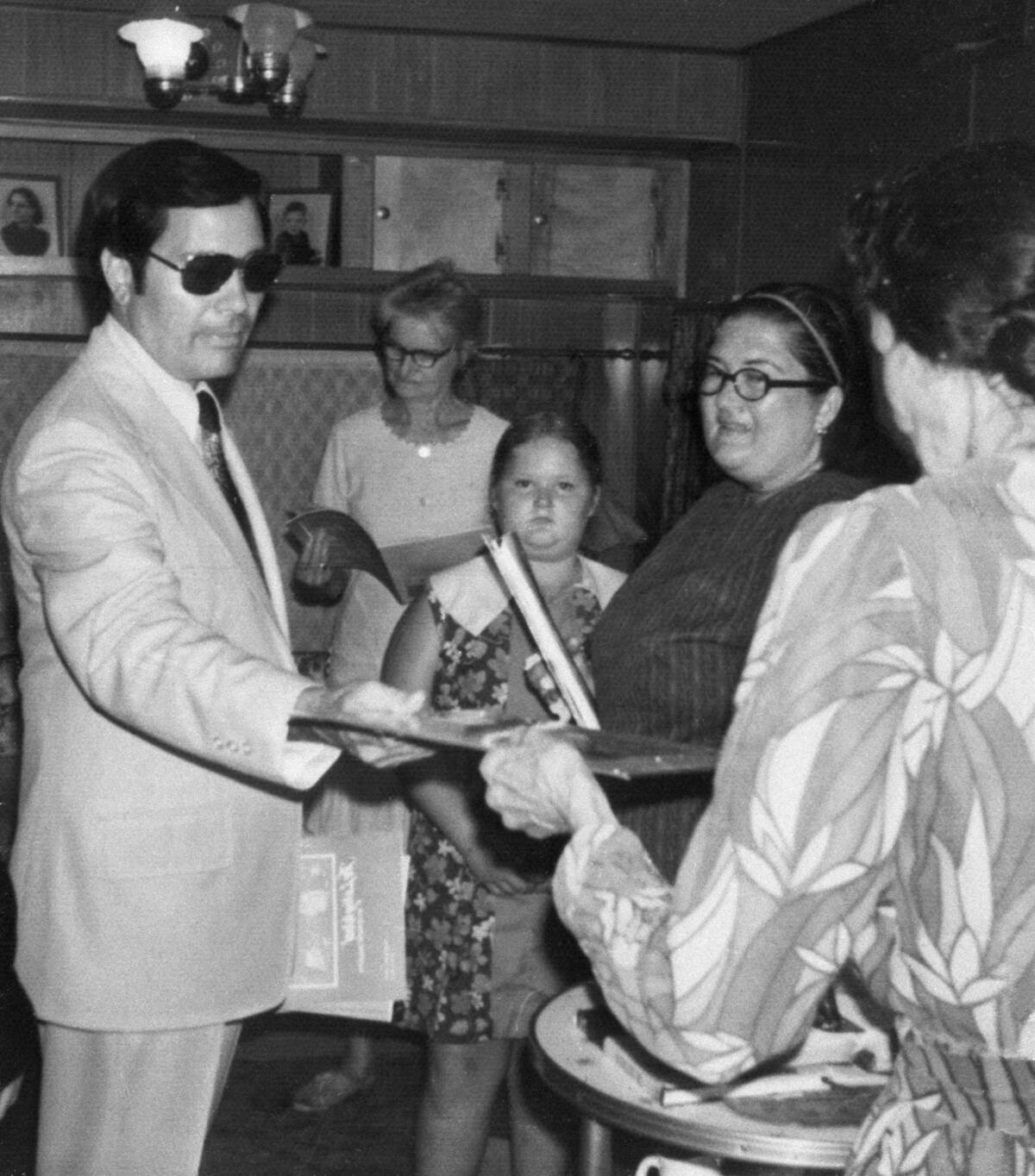
The People’s Temple, a church group founded in the 1950s that eventually became a cult, relocated to Guyana under their leader, Jim Jones.
In Guyana, concerns over living conditions prompted U.S. Congressman Leo Ryan to make a trip to investigate. People’s Temple gunmen killed Ryan and several others, which led to the mass death by cyanide poisoning of over 900 members of the cult.
Patty Hearst Kidnapping (1974)

Publishing heiress Patty Hearst was kidnapped in 1974 by the Symbionese Liberation Army (SLA), an extremist group.
Hearst’s kidnapping became especially bizarre several weeks later, when she was seen participating in an armed robbery for the group. To this day, the debate rages over whether she was brainwashed or became a true believer.
The Godfather is released (1972)
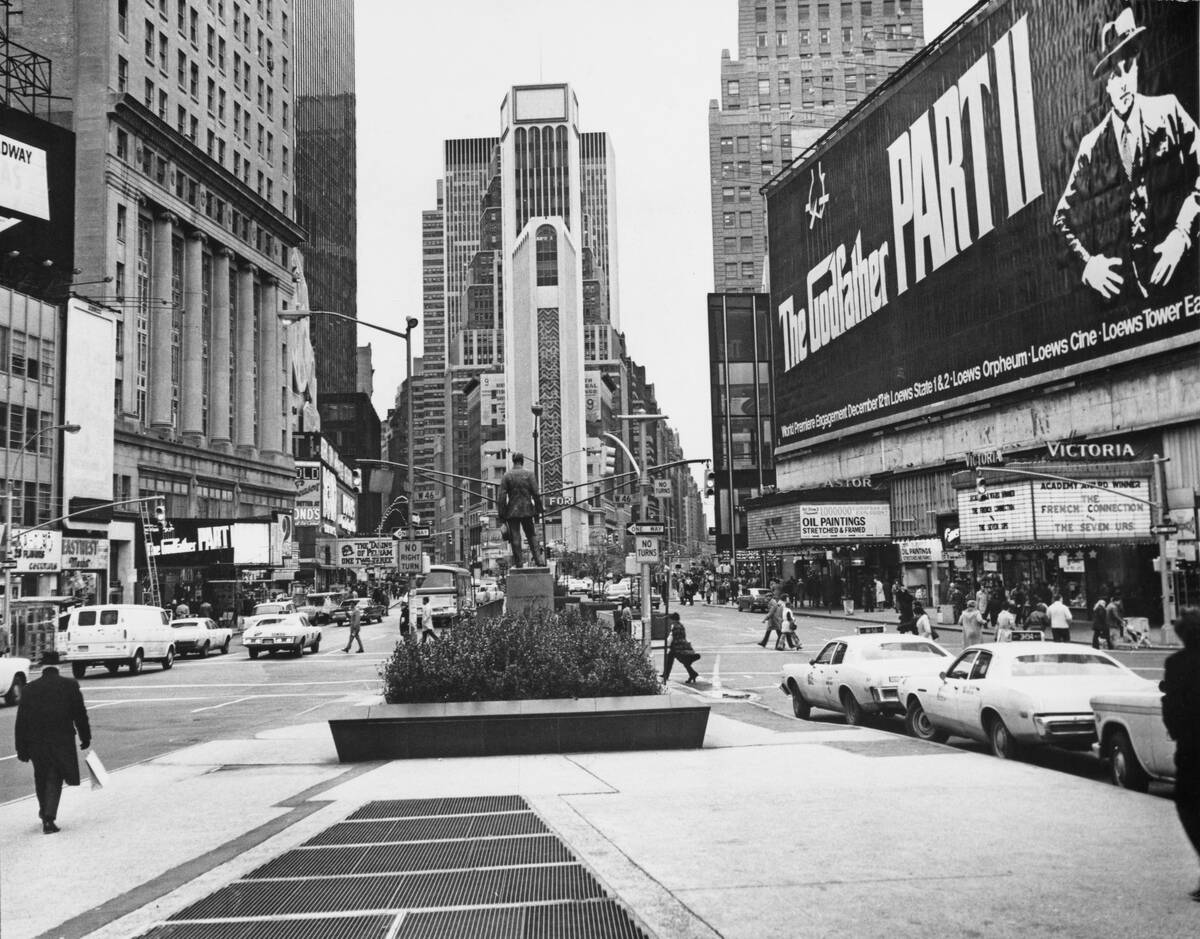
The Godfather and its sequel, The Godfather Part II, are regarded as some of the best films of all time, and these two key films were released in 1972 and 1974, respectively.
The films were truly unique at the time: Sprawling epics complete with complex characters, a wide scope, and moral ambiguity. They, along with other iconic films of the late ’60s and early ’70s, are largely responsible for ushering in the “New Hollywood” era, in which directors had greater creative control.
Munich Olympics Massacre (1972)
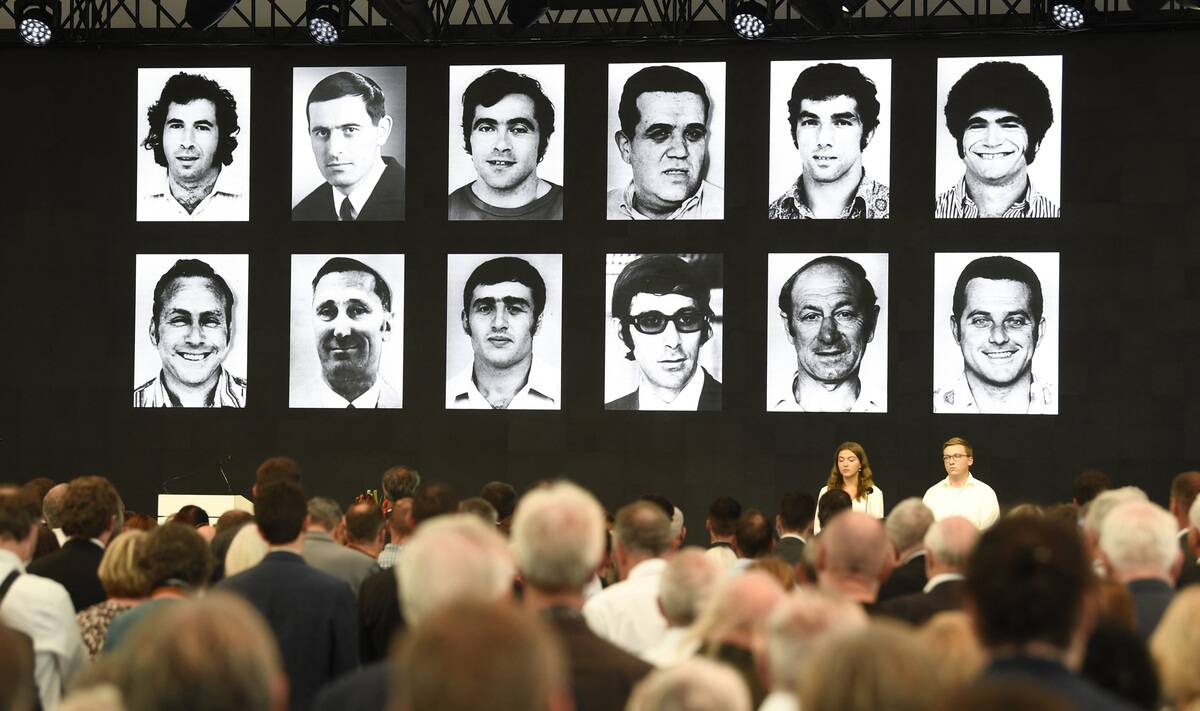
Germany’s hopes for a peaceful Olympiad were shattered during the 1972 Olympics when a Palestinian group known as Black September took 11 Israeli Olympians hostage.
Two athletes were killed in the immediate attack, while a botched rescue attempt at the Moscow airport killed the remaining nine Olympians.
Chile Coup (1973)

The democratically elected socialist government of Chilean President Salvador Allende was overthrown by General Augusto Pinochet in September of 1973.
The coup was controversial because it was supported by the United States, and led to a brutal dictatorship that persisted until 1990.
Spain transitions to democracy (1975)
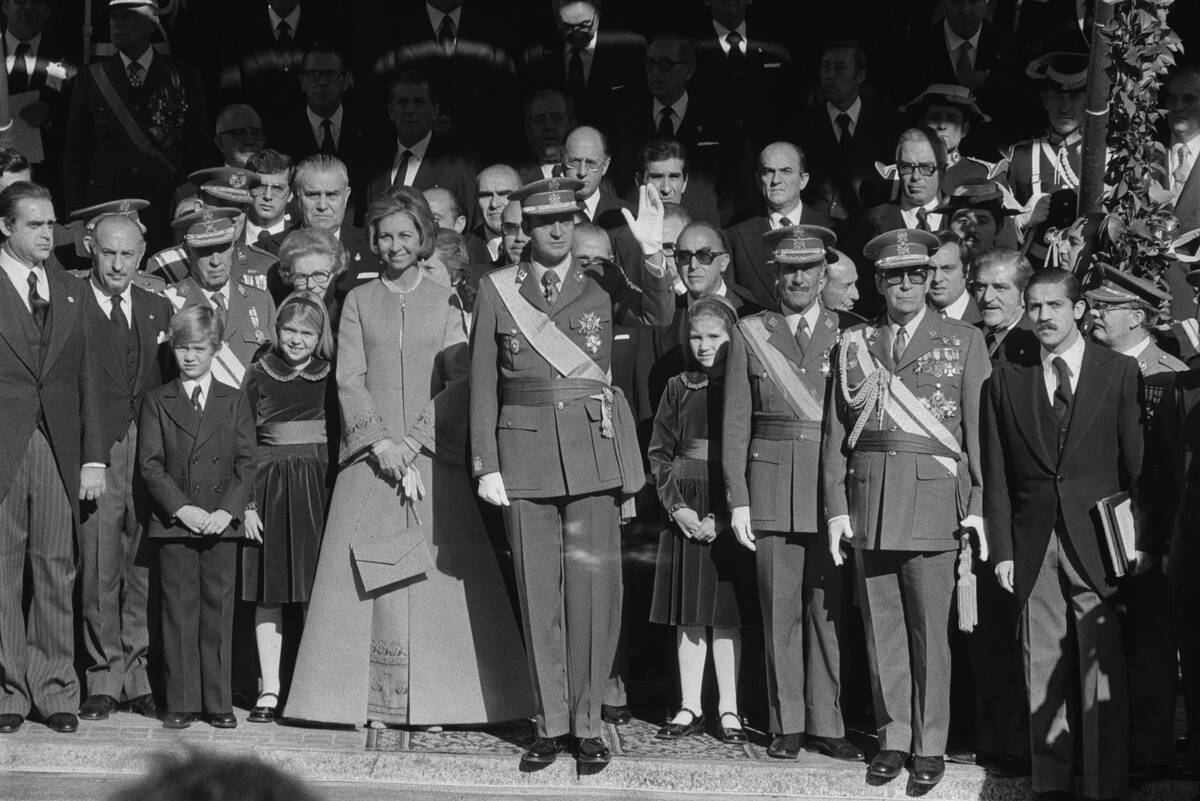
After longtime dictator Francisco Franco passed away in 1975, Spain was eager to try out democracy. Even though Franco had designated Spanish King Juan Carlos I as his successor, the king surprised many by steering the country away from dictatorship and towards democracy.
In the process, Spain legalized political parties and held its first democratic election in decades in 1977. The following year, a democratic constitution was approved.
Great Blizzard (1978)
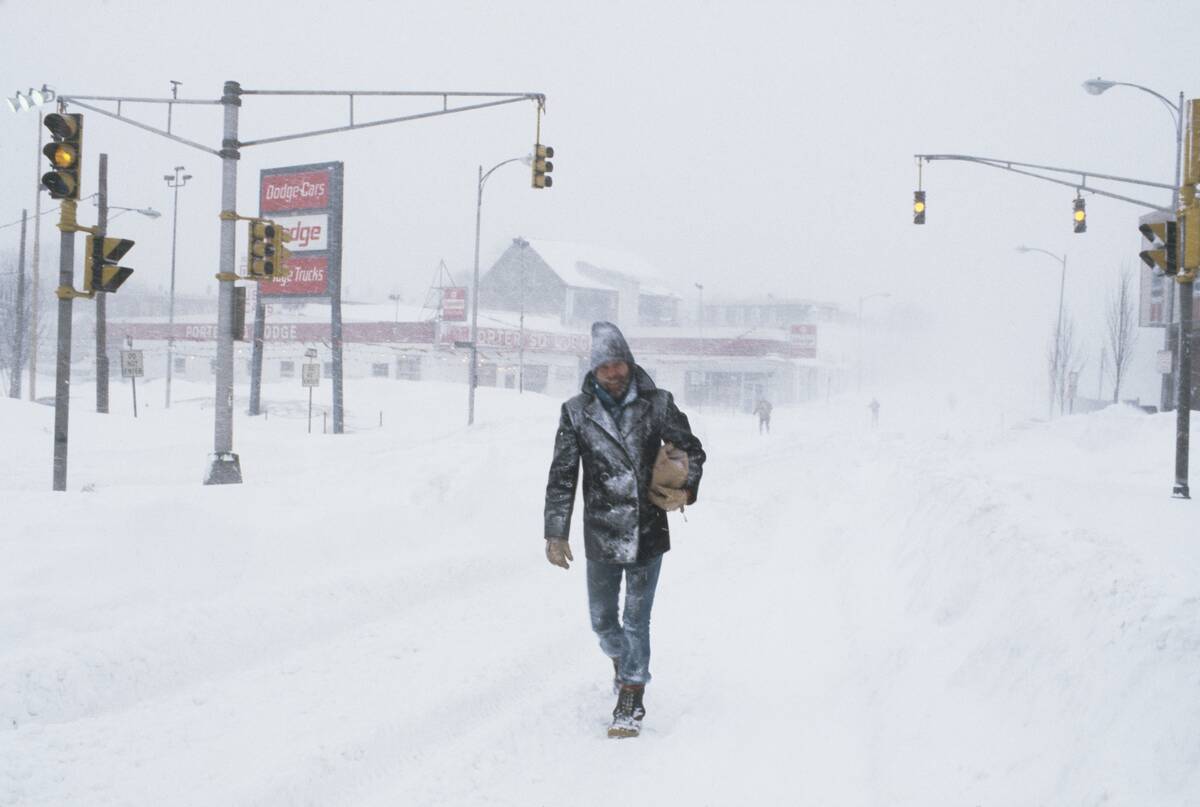
The northeastern United States was hit by a massive blizzard in late January of 1978 that dumped snowfall of up to 30 inches on parts of Ohio, Indiana, Pennsylvania, and beyond.
The heavy snowfall was exacerbated by brisk winds, which created snowdrifts as high as 15 feet. Over 70 deaths were attributed to the devastating storm.
Secretariat’s Triple Crown (1973)
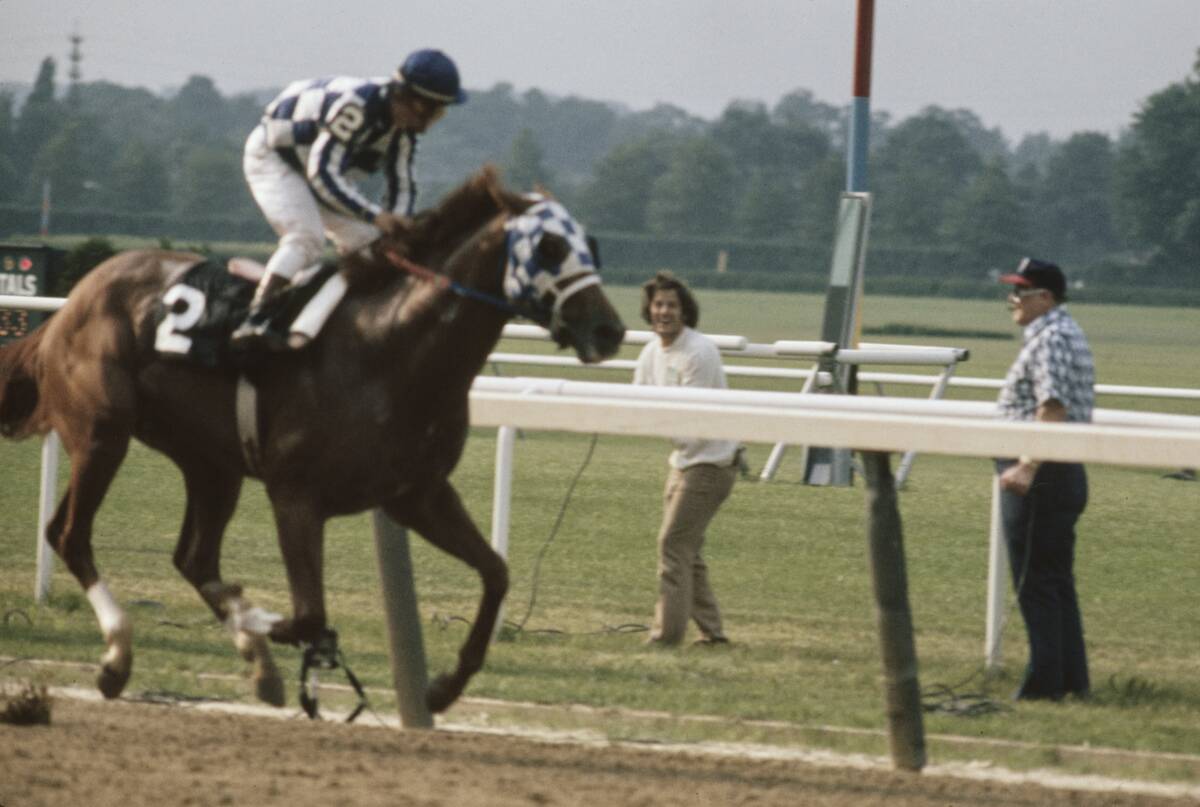
Secretariat, the most legendary racehorse in history, reached this echelon thanks to his dominant Triple Crown performance in 1973.
The horse set a still-standing record in the Kentucky Derby, then swept the Preakness Stakes and the Belmont Stakes — each time winning by several lengths.
First Earth Day (1970)
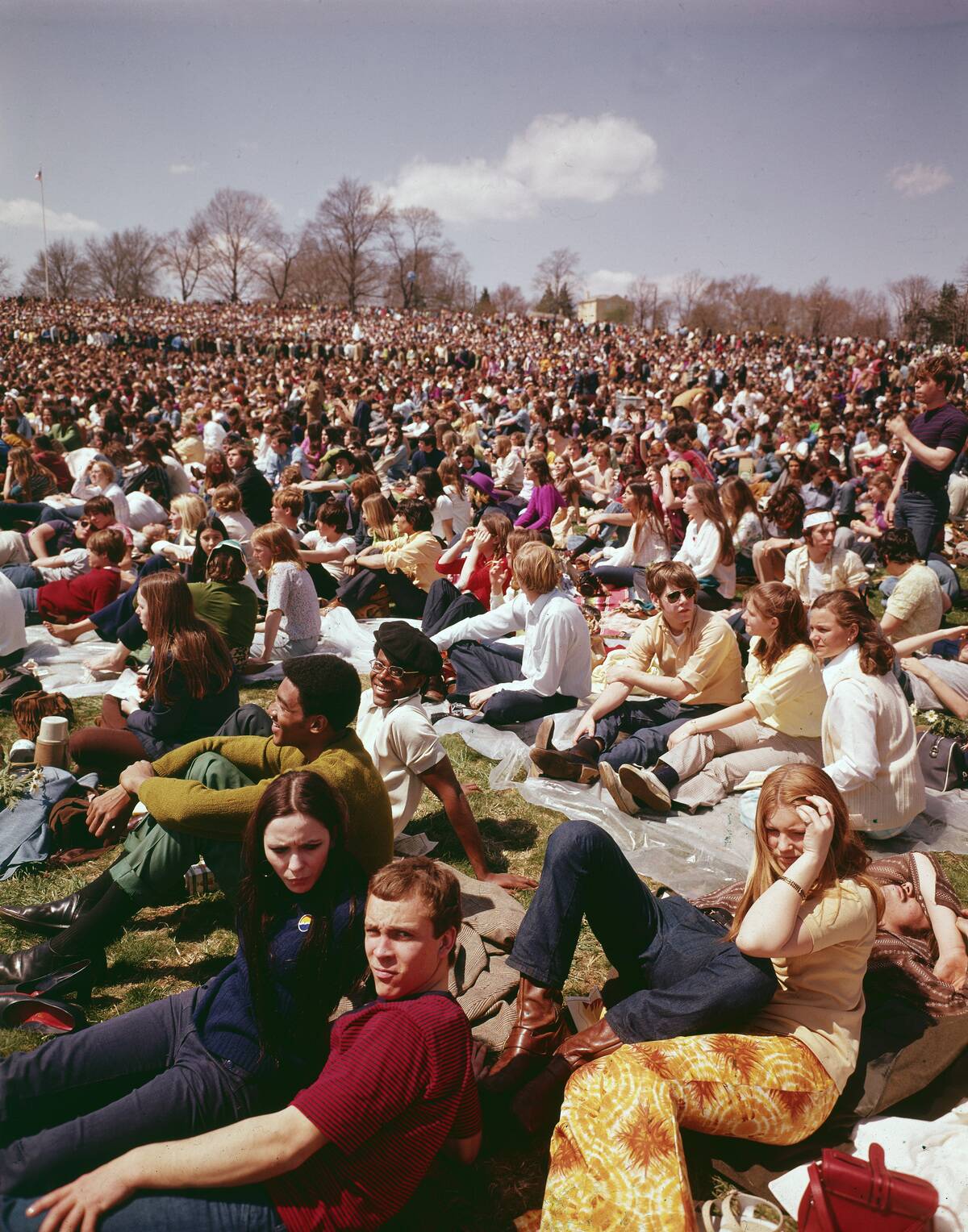
Momentum for the environmental movement had been growing since the ’60s, and on April 22nd, 1970, the first Earth Day was held. This inaugural event was organized by Wisconsin Senator Gaylord Nelson and activist Denis Hayes, and brought more than 20 million Americans together to rally for a cleaner and healthier planet.
Not only did this first Earth Day mark the beginning of the modern environmental movement, it also led directly to the creation of the Environmental Protection Agency, along with key legislation like the Clean Air Act and Clean Water Act.
Bruce Lee’s Death (1973)
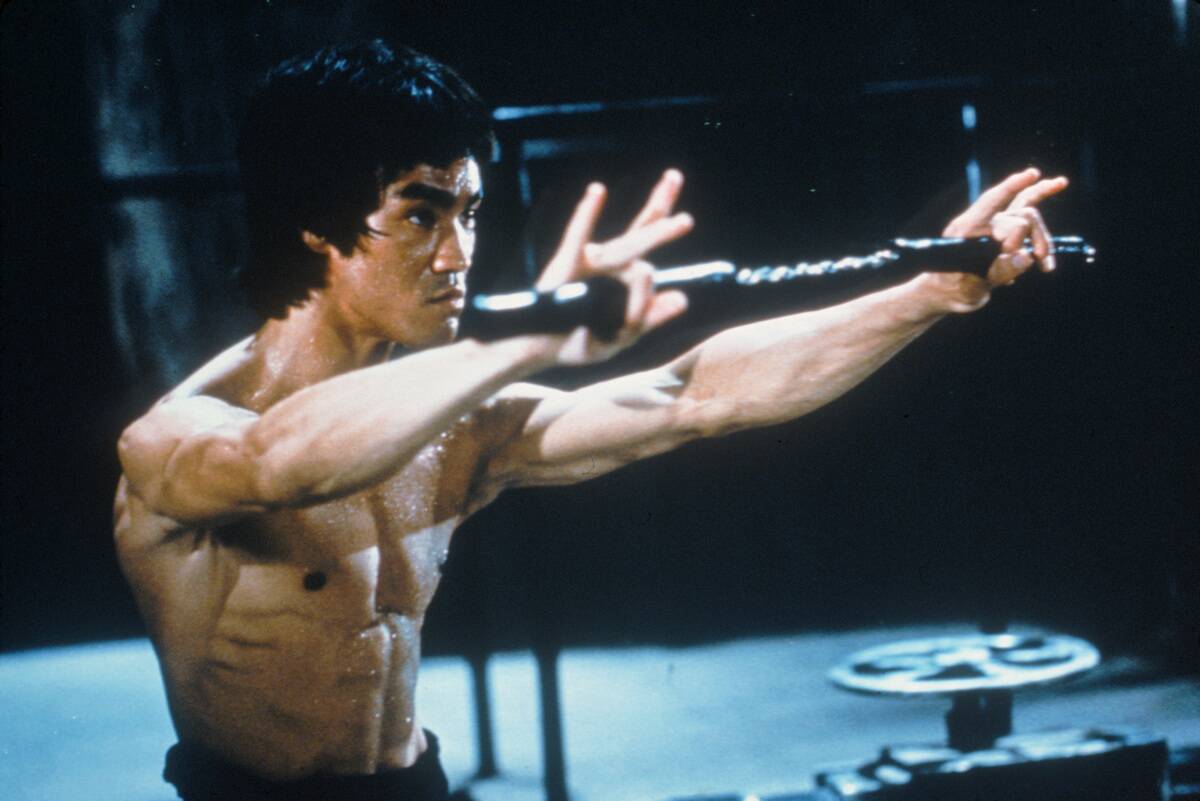
Bruce Lee became a martial arts legend in the early ’70s, and his 1973 death at the age of 32 shocked the world.
Lee was found unconscious in Hong Kong, and later passed away. His cause of death has been attributed to an adverse reaction to a painkiller, or swelling of the brain.
Jaws Premieres (1975)
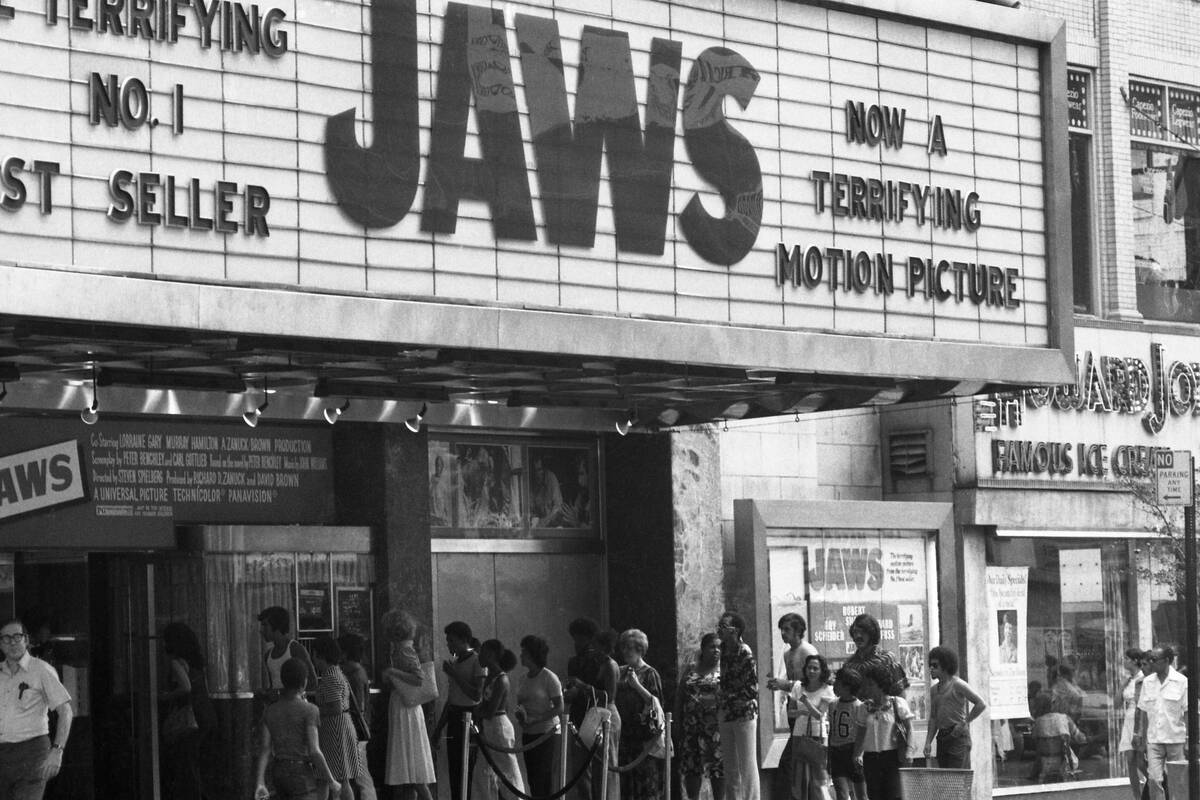
Widely regarded as the first summer blockbuster, Jaws was released to much fanfare on June 20, 1975.
Steven Spielberg’s high budget shark-themed horror movie was groundbreaking for its suspense, special effects, and John Williams’ iconic score.
Pioneer and Voyager launches (1972 and 1977)
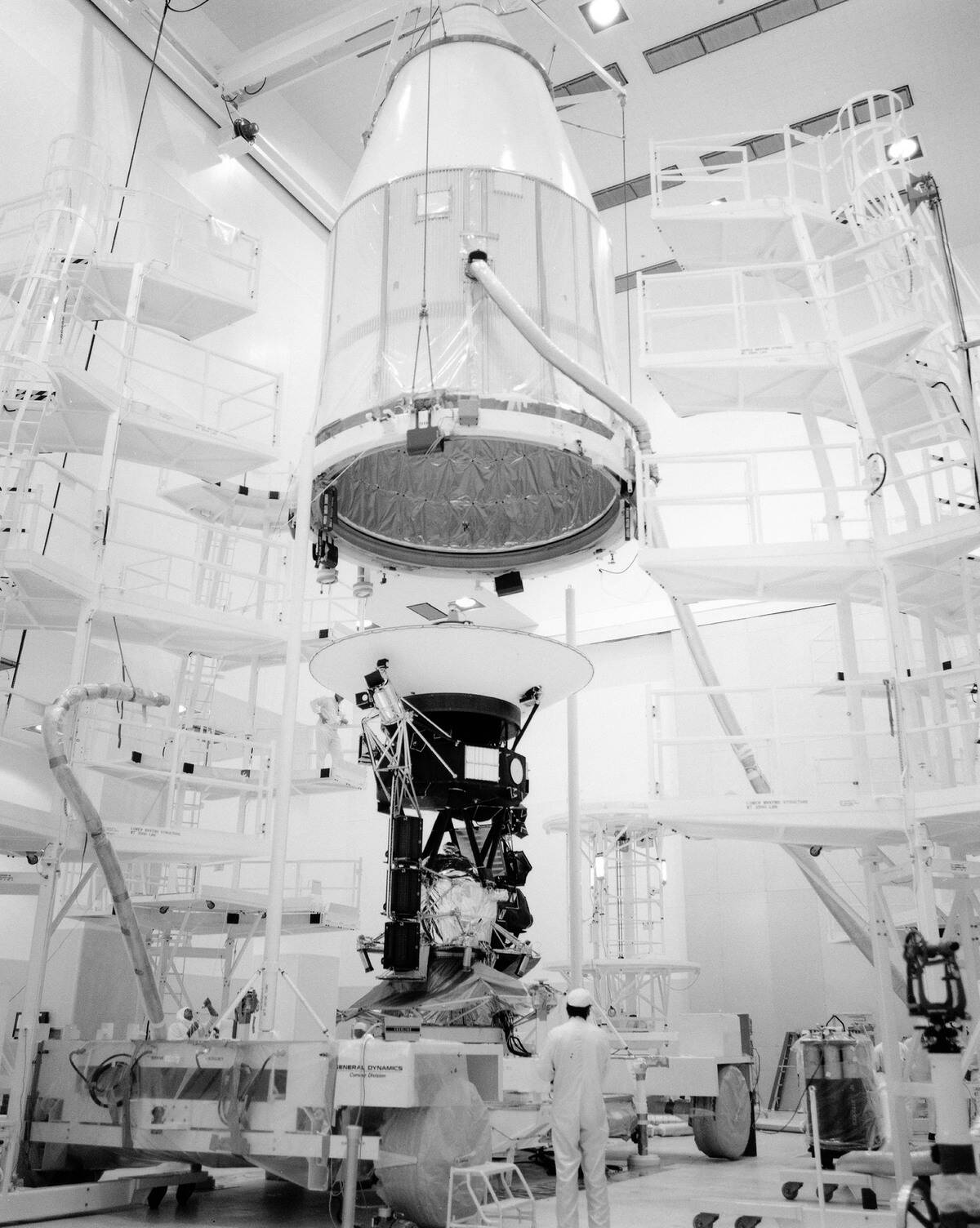
After NASA effectively won the space race by landing on the moon, the U.S. space agency turned its attention to more distant, unmanned pursuits. To achieve this, two landmark missions were launched in the ’70s: Pioneer 10 in 1972 and Voyager 1 and 2, both launched in 1977.
Pioneer became the first spacecraft to travel through the asteroid belt and take close-up photos of Jupiter. Later in the decade, the Voyager probes sought to explore the outer planets of our solar system. These probes famously contained the “Golden Records” — a message from humanity to any extraterrestrial life.
Concorde’s First Commercial Flight (1976)
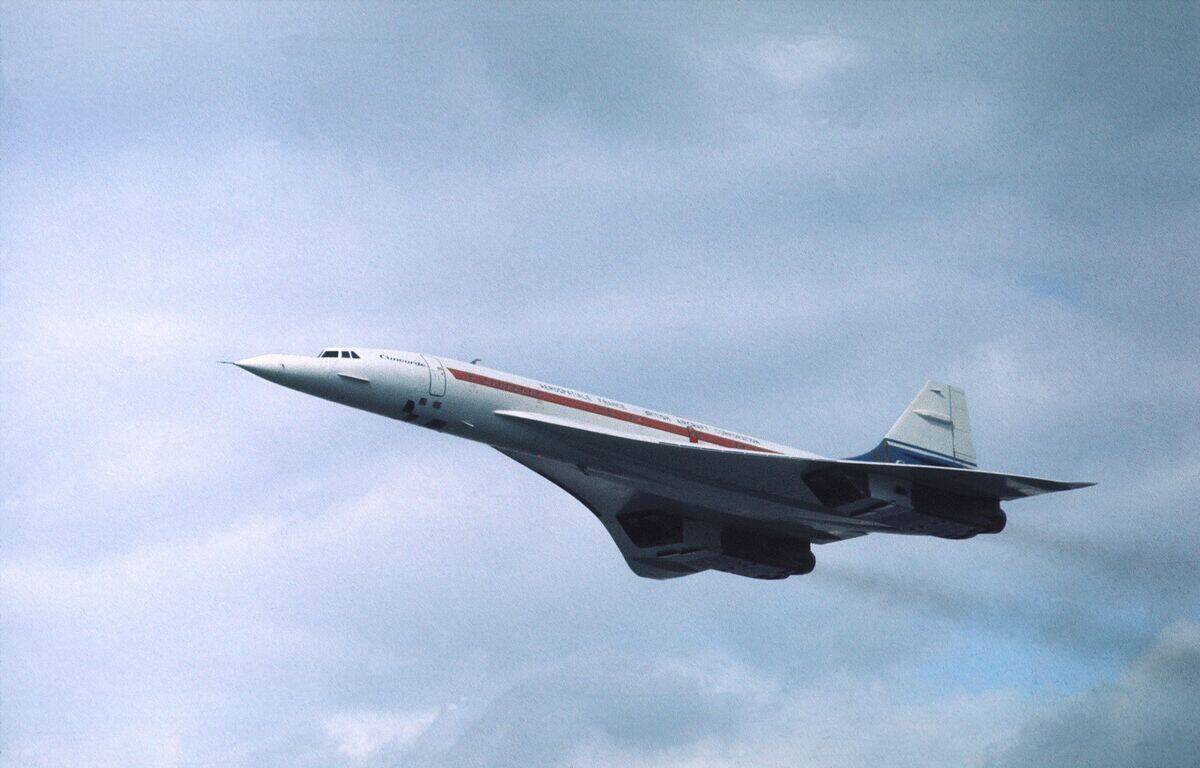
The world’s first (and only) supersonic passenger airliner, the Concorde, made its first commercial flight in early 1976. The joint project between the United Kingdom and United States could cross oceans in just a few hours.
However, the expensive plane was costly to maintain and had limited space for passengers, and was eventually discontinued in 2003.
Billie Jean King Wins the Battle of the Sexes (1973)

The much-hyped “Battle of the Sexes” pitted a female tennis legend — Billie Jean King — against male legend Bobby Riggs.
The match attracted a massive crowd to Houston’s Astrodome, and King pulled off the victory in straight sets, 6-4, 6-3, 6-3.



